|
About six months ago I discovered NUE vodka while browsing in a spirits shop. I was so impressed with this vodka after tasting it, I wrote a story about it. There are not that many types of vodka on the market under $14 that deserve my attention. But when I find them, I like to sing their praises! So, I’m back to sing again about NUE flavored vodka that I received as a “thank you” for my first story. But before I begin, here is a repeat performance about the company in case you missed the first one. From my last story about NUE: “Southwest Spirits is a full-service distillery located in Dallas, Texas and it is also the third-largest distillery in Texas. They have an impressive portfolio of over 25 brands that they produce, including their best selling brand and award-winning NUE Vodka. All spirit production is done on-site in their over 103,000 square foot facility that is fully equipped with pot stills and a 14’ column still for producing premium spirits. The distillery also has grain milling capabilities, tank farms and four high-speed bottling lines with multiple filling capabilities. NUE Vodka is crafted in small batches to control and ensure the highest quality that ultimately provides clean, smooth vodka. Ingredients are locally sourced high-quality corn and water that has gone through a process of Reverse Osmosis, which extracts mineral content and any impurities in the water. The vodka is 6x distilled through an advanced column process that also removes natural impurities.” As you might know by now, I’m a “purist” when it comes to drinking vodka. I tend to like it cold, neat and unflavored. However, I was pleasantly surprised by NUE Grapefruit and Peach vodka. They weren’t cloyingly sweet or medicinal as some flavored vodkas tend to be. Also, both vodkas are naturally flavored. NUE Grapefruit Vodka The color is clear with a fresh and pleasing aroma of freshly squeezed grapefruits. Ruby red grapefruit comes to mind when tasting this vodka. A gentle drop or two of grapefruit flavor allows for a touch of vanilla and citrus zest to come through on the finish with a dash of heat. This is a refreshing vodka that drinks well neat. Alcohol: 35%, 70 proof. SRP: $11.99 NUE Peach Vodka The color is clear and clean with floral and stone fruit aromas. I found this to be a touch sweet, but it has nice flavors of fresh peach and hints of vanilla. It is smooth with much less heat on the finish than NUE’s other vodkas. Although I would not drink this one neat, it would make a fabulous ingredient in a cocktail. Alcohol: 35%, 70 proof SRP: $11.99 The value to price ratio of NUE vodka is certainly going to give many imported vodkas a run for their money! And, I am happy to add NUE vodka to my growing collection.
Until next time… Cheers! Penina To leave a comment or if you have an inquiry, please contact me at [email protected] If you are looking for expressive French wines that will please your palate, includes a vast range of styles, are food-friendly and won't put a dent in your wallet, then read on. Southwest France, (Sud-Ouest in French) is bordered by the Atlantic Ocean on the west, the massive Pyrénées Mountains and Spain to the south and Bordeaux to the north. It is the fifth-largest winegrowing region in France with 300 grape varieties of which 130 are native grapes. Add to that, over 120,000 acres of land of which 40,000 acres are vineyards, plus 42 geographical designations and you have an impressive wine region. Without going into too much detail, there are four sub-regions throughout the Southwest with varying types of climate, soil and grape varietals. Typical climates can range between temperate oceanic and continental depending on how close the vineyards are to the ocean or if located more inland. The soil composition also varies with clay-limestone, tawny sands and pebbles throughout most of the region. These diverse, terroir-driven wines derive their character and expression from these elements and therefore the winegrowers in Southwest are taking climate change very seriously. A major concern is that over the past few decades, dozens of native grape varieties have disappeared. Three progressive groups have formed throughout the region and they are actively tracking the existing grapes, looking for ways to adapt to global warming and reduce carbon footprint. Many winegrowers are practicing sustainability with organic and minimal interference in the vineyards. And some winemakers are studying the genetic makeup of ancient grape varieties in the hopes of creating newer versions of the grapes that can adapt to climate change and are resistant to disease. The sub-regions of the Southwest are: Bergerac & Dordogne River, Tarn-et-Garonne, Lot River, Pyrénées and IGP- Côte de Gascogne Within these sub-regions are many small villages and communal appellations that must adhere to the rules and regulations of AOP (Appellation d’Origine Protégée) or IGP for larger designated areas (Protected Geographical Indication). I recently received five Southwest France wines representing different sub-regions and appellations. In addition to the quality of these wines, the price range is an impressive range of $9 - $13! Domaine des Cassagnoles, Côtes de Gascogne 2018 IGP Depending on the vintage, this wine is typically Colombard dominant with Ugni Blanc and Gros Manseng grapes. The wine is aged in tanks until bottling. A floral bouquet leads to a crisp wine that is nicely balanced between fruit and acidity. Stone fruit, minerality, green apples and a hint of lime entertain the palate. Drink as an aperitif or serve with light appetizers, fish and light pasta. Alcohol: 12.5% SRP: $10 Château Lastours, Gaillac 2016 AOP This wine is a blend of 30% Syrah, 30% Braucol, 20% Merlot and 20% Cabernet Sauvignon. It is aged in tanks for 2 to 3 years. The wine is deliciously juicy with ripe red berries, spice and soft tannins. Serve with grilled or roasted meats, poultry, casseroles and cheese. Alcohol: 13% SRP: $10 Vinovalie, L’infini Malbec Cahors 2016 AOP This wine is 100% Malbec. It has lovely aromas of dark fruit and spice that spill onto the palate with juicy blackberry, blueberry and plum. The wine is nicely balanced with soft tannins. Vanilla, toasted nuts and pepper linger on the finish. Serve with grilled meat, chicken and hearty stews. Alcohol: 13.5% SRP: $9 Château Tour Des Gendres, Bergerac 2016 AOP This wine is a blend of 60% Merlot and 40% Malbec. Raspberry, cherry and sweet spice aromas lead to a palate of juicy black cherry, plum and spice. This is a beautifully structured wine that will pair well with roasted meat, game, hearty stews and aged cheese. Alcohol: 13.5% SRP: $13 Famille Laplace, Madiran Laplace 2016 AOP This is a blend of 70% Tannat and 30% Cabernet Franc. Although Tannat tends to be quite tannic, this wine is rich and surprisingly smooth. Lots of juicy dark fruit and acidity blend perfectly with hints of violet and spice. Pepper, vanilla and a hint of anise linger on a long finish. This wine will pair nicely with roasted red meat, white meat, stews and risotto. Alcohol: 13.5% SRP: $13 I had to pinch myself a few times and reread my notes on the prices for these wines to make sure that I hadn’t transposed the numbers. Not only are the wines engaging and expressive, but the price to value ratio has left me speechless! No wonder that cases, as opposed to bottles, are being sold. I think it’s time to explore more of these delectable wines from Southwest France!
Until next time... Cheers! Penny To leave a comment or if you have an inquiry, please contact me at [email protected] It began in 1999 with the birth of a partnership between Domaines Barons de Rothschild (Lafite) and the Catena family of Mendoza. Their mission was to produce a wine that would combine French and Argentine cultures. Baron Eric de Rothschild described it as, “An association between two cultures, two families and two noble grapes.” Bodegas Caro was born and the two signature grapes of each producer, Malbec and Cabernet Sauvignon became the focus of their endeavors. Together, these families have combined their knowledge and expertise to produce elegant wines. The Catena family, who has produced wine for four generations, contributed their knowledge of the high altitude terroirs of the Mendoza region and to find the best vineyards for Malbec. Domaines Barons de Rothschild contributed their knowledge and centuries-old skills in growing, vinifying and aging Cabernet Sauvignon. DBR also imparted the art of blending different grape varieties to produce one great wine. The first vintage in 2000, called CARO, was a success and led to the creation of Amancaya in 2003, a Malbec dominated cuvée. Aruma Malbec (100%) was introduced with the 2010 vintage. The vineyards are located in two zones in Mendoza. The first zone is in Luján de Cuyo and Maipú. This zone is noted to be among the best in Argentina for making wines. The altitude range is 2625 ft. to 2953 ft. with average temperatures of 46 to 73 degrees. The second zone is in the Uco Valley in Tunuyán, Tupungato and San Carlos. The altitude range is 3280 ft. to 5250 ft. with average temperatures of 44 degrees to 71 degrees. The high elevations in these zones are beneficial to the grapes due to the high daytime temperatures and cooler nights. This diurnal temperature variation contributes to slowing the ripening process, extending the growing season and allowing the grapes time to produce balanced sugar and acidity. All of the grapes are handpicked and hand-sorted before de-stemming and vinification to make sure that only the best grapes are used. Each vintage is aged in oak barrels, 18 months for CARO and 12 months for Amancaya. Most of the barrels are made at the DBR’s cooperage in Bordeaux. Aruma Malbec is aged in tanks to preserve the fruit-driven style and to allow the varietal characteristics of the grape to come through. Overseeing all of this is Philippe Rolet, Estate Manager and winemaker who joined Bodegas Caro in January 2019. Philippe was born in Jura, France into a family-owned winery, Domaine Rolet. He began his career at Domaine William Fèvre and went on to work with many prestigious wineries in Argentina, Chile and France before becoming estate manager for Bodegas Caro. I asked Philippe what his biggest challenge was in the vineyards and presumed he might speak about springtime frost and summertime hail that are common threats in high altitude vineyards. I was not expecting the following answer! "The biggest challenge we face in the vineyard is living together with ants. The vineyards in Mendoza are located in a semi-desert climate. In this environment, apart from vineyards, leaves are rare. Our vineyards are in transition for organic management. We do not use pesticides or insecticides. Therefore, ants can be very damaging, destroying young shoots and leaves in springtime, thus, reducing crops and also killing vines. Ants are part of our biodiversity. Our actual challenge is offering them something more appetizing than our vine leaves. Native flowers appear as a good alternative. We actually investigated the right native species to plant within our vineyards." After doing a little reading, I learned that ants are indeed an issue in many vineyards of Argentina. I am quite happy that Philippe and his team were able to solve their ant problem and my palate is especially pleased. I recently had the opportunity to taste two of the estate wines and I was duly impressed by their quality and expression. Bodegas Caro Amancaya Reserve Red Blend 2017
This is a blend of 72% Malbec and 28% Cabernet Sauvignon. The grapes were handpicked from vines over 30 years old. Aging took place for 12 months with 50% in French oak barrels and 50% in concrete vats. This ruby-red wine is filled with aromas of cherry, raspberry and baking spice. The palate is layered with lush fruit of ripe cherries and plum followed by spice and slight oak integration. A hint of cocoa and anise linger on the finish with soft tannins. This is a beautiful blend of Cabernet Sauvignon and Malbec that clearly shows off the marriage of Argentinian and Bordeaux styles. This wine is named after Amancaya, a mountain flower that grows in the Andes. Alcohol: 14% SRP $70.99 Bodegas Caro Aruma Malbec 2017 This wine is 100% Malbec. As previously noted, the grapes are handpicked and the wine is aged in tanks. The color is dark ruby with intense aromas of floral, red fruit and a hint of herbs. An array of juicy and fruit-driven flavors greet the palate with cherry, blackberry and spice. This is a graceful wine with a harmonious balance between tannins, acidity and alcohol. “Aruma” means “night” in the Quechua language. The name was chosen for “the intense darkness of the nights in the Andes and the pure mountain air that give the wines the rich, authentic character of their terroir.” Alcohol: 13.5% SRP: $70.99 Both wines will pair well with appetizers, grilled meat, stews, hearty pasta and fatty fish such as grilled tuna. These wines are a treat to drink and priced well. I’m looking forward to tasting CARO in the next few weeks and sharing my thoughts with you. Until then… Cheers! Penina To leave a comment or if you have an inquiry, please contact me at [email protected] Inhaling the aromas of Brachetto wine is like being transported to a rose garden that is in full bloom. Add a juicy array of wild strawberries, raspberry and other red berries to the flavors of this wine and one’s palate just might reach nirvana. I recently visited the DOCG region of Brachetto d’Acqui located in the southeastern part of Piedmont, Italy to learn more about this very aromatic grape. The Consorzio Tutela Brachetto d’Acqui DOCG provided us with a wealth of information and sated our palates with delicious wine. The Consortium for the Protection of Acqui wines was founded in 1992 in the town of Acqui Terme and was the main force in attaining DOCG status to Brachetto d’Acqui in1996. The map below defines the territory consisting of about 1200 hectares. Brachetto grapes, which are indigenous to Piedmont, are purplish-blue with firm-fleshed berries that are full and dense and characterized by their high sugar content and powerful aromas. These aromas are provided by the terpenes found in the grape skins. The main terpene in Brachetto is called geraniol, which is associated with the scent of roses. The wines tend to be pleasantly sweet, fruity, light-bodied, low in alcohol (5.5% - 7%) and have soft tannins. The grapevines grow in what is considered “the aromatic hills” in marl, calcareous clay and red soils. The climate for this region is continental with Mediterranean and Alpine influences. All of this contributes to the development of the grape’s intense aromas and delicate flavor. Brachetto d’Acqui, DOCG These ruby-colored wines are mostly consumed as sparkling or semi-sparkling wines with frothy, creamy bubbles and powerful aromatics. Several styles are made using the Charmat/ Martinotti method where secondary fermentation occurs in pressurized, controlled temperature tanks for 30 days, during which the sugars in the must are transformed into alcohol and carbon dioxide by the yeasts. The wine is then immediately bottled and marketed. The differences in tank pressure help to determine the level of sparkle in the wine. Red (still) Style: These are dry wines with low residual sugar and at times made with a touch of effervescence (frizzante). They have all the quality, aromas and flavors of the grape. Sparkling Style: (produced using the Charmat/Martinotti method) Acqui DOCG This style can range from Extra Brut to sweet. Acqui DOCG Rosé (first vintage 2017) This rosé is offered as a sparkler and as a still wine. Passito Style: The grapes are dried for a minimum of nine months to concentrate both flavor and sweetness before pressing. This wine is high in sweetness and alcohol (16%) and extremely complex, concentrated and is a decadent dessert wine. Unlike the sparkling wines that have a limited shelf life of two years, Passito can be stored for decades. I did not have the opportunity to taste the Passito wine, but all of the other wines were amazing. They can be enjoyed as an appertivo or with many different styles of cuisine. Pair with appetizers, goat cheese and savory or spicy dishes. They are not just dessert wines but I must confess they are a perfect marriage for chocolate, especially dark chocolate! Serve these wines chilled. This is one of my favorite wines from our Brachetto Masterclass. Bersano Acqui DOCG Spumante Brut Rosé This is a delightfully aromatic and refreshing sparkling wine made in the Charmat method with all the classic aromas and flavors of Brachetto. It has a creamy perlage with lingering notes of raspberries and roses. SRP: $18 to $23 While in the DOCG region of Brachetto d’Acqui we visited Banfi Winery for a quick tour and tasting. The Banfi estate is located in Strevi and has 50 hectares of land of which 46 hectares are dedicated to noble wines. Banfi sparkling wines are made in the Metodo Classico as well as the Charmat method. Their recently restored cellar has an area dedicated to the production of Charmat wines as well as Metodo Classico production which is in the heart of the cellar. The barrel room is dedicated to the maturation of the noble Piedmontese red wines, Dolcetto and Albarossa. Here are two tasty Banfi wines that you might want to put on your shopping list. Rosa Regale Brachetto D’Acqui DOCG 2019 is made with 100% Brachetto and is produced using the Charmat method. This is a well-balanced sparkling wine with just the right amount of sweetness and acidity. Aromas of roses and red berries spill onto the palate with a refreshing and soft sparkle. Alcohol: 7% SRP: $12 to $15 Cuvée Aurora Alta Langa DOCG 2015 This sparkling wine is made with 70% Pinot Noir and 30% Chardonnay using the Metodo Classico method. Aromas of apple, vanilla, yeast and a hint of minerality open to a palate of persistent perlage, soft fruit, apple, pear and brioche. It finishes with a hint of citrus zest. Alcohol: 12% SRP: $16 to $23 In addition to enjoying Brachetto d’Acqui as an appertivo or with food, this wine is also a great ingredient in cocktails. Let your creative spirit run wild and invent a cocktail that everyone will remember! So, the next time you want to “wake up and smell the roses”, pour yourself a glass of Brachetto d’Acqui, DOCG. Your palate will be happy that you did.
Until next time… Cheers! Penina To leave a comment or if you have an inquiry, please contact me at [email protected] As you may have gleaned by now, I am a fan of sparkling wine. Whether it’s toasting a special occasion or sitting home by the fire with a book, a glass of bubbly always lifts my spirits and is a welcome treat. Not long ago I visited the Piedmont region located in northwestern Italy. The focus of my trip was to re-acquaint my taste buds with the sparkling wines as well as the still wines of Asti. The Consortium of Asti and Moscato d’Asti, DOCG was our guide on this illuminating exploration. The Moscato Bianco grape (Moscato is the Italian word for Muscat) is making a big comeback in the USA and abroad and taking its rightful place once again among the many styles of sparkling wine available on the market. And I’m here to dispel the myth that it is just a sweet wine that should only be served at the dessert table. These are highly aromatic, light, refreshing, low alcohol wines that are fun to drink, but they are also very expressive, leaving one’s palate quite satisfied. Although Moscato Bianco is grown in every Italian region, it is mainly associated with Piedmont where it is believed to have its origins dating back to the 13th century as documented in the statues of the village of Canelli, a subzone in the province of Asti. Many historic wineries are located in Canelli that include Gancia, Coppo and Contratta. In fact, it was Carlo Gancia who in 1865 created Spumante Italiano, making it the birthplace of Asti Spumante. (Spumante means ‘sparkling wine’ in Italian.) Canelli and Santo Stefano Belbo were the most important production centers and from these towns, Moscato Bianco vines were shipped worldwide. The “Consorzio per la Tutela dell’ASTI’ (Consortium for the Protection of Asti wines) was formed in 1932 to protect, develop and promote Asti DOCG and Moscato d’Asti DOCG in Italy and worldwide. Asti DOCG and Moscato d’Asti DOCG are produced in 52 communes within Piedmont. Moscato Bianco vineyards span an area of about 9,800 hectares divided among 3,700 wineries and producers. Part of the focus of the Consortium is quality control and protection against counterfeit wine. They have an impressive research lab that “promotes and coordinates specific scientific studies and innovative technologies to continuously improve the production process as a whole”. As we toured the lab we were told that due to climate change and the weather getting warmer each year they are working in the lab to find ways to compensate and adapt the vines to climate change. In addition to all this, 15 samples are taken from each vineyard to determine when grapes should be harvested. Harvest time is crucial as the sugar, acidity and aromatic components must be in perfect balance and harmony before grapes are picked. Once this is established the grapes must be handpicked immediately. With the end of World War ll, Asti Spumante became very popular in the United States as soldiers returned home with these light, sweet wines. However, with its popularity came the demand for more wine. And so bulk production ensued and quality went downhill. An abundance of poorly made Asti Spumante was exported and subsequently got a bad reputation as a low-quality sweet wine. Moscato Asti received DOCG status in 1993 and the word “Spumante” was eliminated, although you might still see “Asti Spumante” on many wine labels. Today, Asti wines are refined, not cloyingly sweet and they retain the classic aromas and flavors of the Moscato Bianco grape that include floral, a profusion of fruit such as fresh grapes, mandarin orange, peach, apricot, Meyer lemon and musk. Wine producers are more careful with production and as Luigi Coppo of Coppo Winery said, “It is time to take Moscato Bianco seriously as wine. Our objective is to transfer the aromatics of the grape to the bottle. It is known as a dessert wine, but it is made as a sparkling wine.” Canelli became a UNESCO World Heritage Site in June 2014 and is noted for its surrounding historic vineyards and intricate subterranean wine cellars called “Underground Cathedrals”. These cellars weave in and out of Canelli for about 20 miles. I had the opportunity to visit the historical wine cellars at Coppo Winery, which are a UNESCO World Heritage site and part of the Underground Cathedrals. Luigi Coppo explained, “In parts of this tunnel there are over 42 meters of dirt above us. The tunnels are ideal for storing wine because it is stable in here with constant and perfect temperature and humidity. This all-natural tunnel was built in the late 18th century with an addition in 1920 that took only one week to build”! Below is a slideshow of the Underground Cathedrals. Photo credit: Penny Weiss The Moscato Bianca grapevines are planted on hills at an average of 200 to 300 meters above sea level with some elevations that are more than 500 meters. Ancient chalky soils, microclimates and sun exposure adds character to these terroir-driven wines. The three types of DOCG Moscato wines produced are Asti Dolce DOCG, Asti Secco DOCG and Moscato D’Asti DOCG. Asti Dolce DOCG received DOCG recognition in 1993. The grape variety must be 100% Moscato Bianco with a maximum yield of 100 quintals (10 tons) of grapes per hectare. The average alcohol content is usually between 7% and 9%. This sparkling wine is a harmonious balance of sweet and acidity with classic aromas and flavors of grapes, acacia blossom, orange, honey, spice and fine and persistent foam. Asti Secco DOCG received DOCG recognition in 2017. It is the “dry” version of Asti Dolce but still retains all the classic characteristics of the grape. The grape variety must be 100% Moscato Bianco with a maximum yield of 100 quintals (10 tons) of grapes per hectare. The average alcohol content is allowed up to 11%. Typical aromas and flavors are fruity with apple, pear, lavender, sage and acacia along with fine and persistent foam. Moscato d’Asti received DOCG recognition in 1993. The grape variety must be 100% Moscato Bianco with a maximum yield of 100 quintals (10 tons) of grapes per hectare. Unlike the full sparkling Asti wines, Moscato d’Asti can be made still or less effervescent with a hint of frizzante (fizz) and is therefore not considered a sparkling wine. It has lower alcohol content and can be no more than 5.5% alcohol by law. These wines are delicate, lightly sweet and have intense musky aromas with characteristic flavors of floral, peach, apricot, sage, lemon and orange blossom. Here are just a few of the memorable wines that I tasted. Matteo Soria Bric Prima Bella Asti DOCG Extra Dry 2017 has a beautiful perlage that is fine and persistent. Fragrant aromas of floral, acacia and a hint of citrus segue onto the palate with a dry and aromatic finish. This is a perfect sparkling wine to serve with appetizers and main course. Coppo Moncalvina Moscato d’Asti Canelli DOCG 2019 is a light, sweet wine with floral and stone fruit aromas. It is fresh with floral and peach on the palate. Serve with an assortment of cheese and desserts. Alcohol: 4.81% Cascina Cerutti Surì Sandrinet Moscato d’Asti DOCG Canelli This is a delightfully fragrant wine with notes of flowers, peach and citrus. The palate offers a light effervescent mouthfeel with fresh grapes, floral and a hint of sage. This is a great wine to pair with cheese, appetizers and fruit. Alcohol: 4.83% Acquesi Asti DOCG This is a good example of an Asti Dolce wine. It is very aromatic with a palate of fresh fruit, white flowers, peaches, lemon zest and a hint of honeydew melon. It offers persistent and creamy bubbles with a lively and easy finish. Use your imagination in pairing this wine with food! Alcohol: 7% I tasted a multitude of wines while in Asti and I was impressed not only by the quality and flavor, but these are also food-friendly wines that will pair beautifully with a variety of appetizers, main courses, and desserts as well as enjoying as an aperitif. Don’t let the sweetness scare you! Be adventurous! Also, these sparkling wines are great to make cocktails with. While visiting Martini and Rossi Winery, I was served a refreshing cocktail made with Martini & Rossi Riserva Speciale Bitter Liqueur topped off with their Asti sparkling wine. Perfection! Still to come are the Brachetto D’Acqui DOCG wines, Franciacorta DOCG wines and Custoza DOCG wines. I will also be focusing on a few of the winemakers Stay tuned!
Until next time… Cheers! Penina To leave a comment or if you have an inquiry, please contact me at [email protected] “SOMEONE ONCE TOLD ME YOU WILL NEVER FIGURE OUT BURGUNDY AND I PROBABLY AGREE, AFTER 30 YEARS. BUT MAYBE THAT IS THE WHOLE POINT. THE JOURNEY”. Dennis Sherman When an email popped up in my inbox asking if I’d be interested in receiving some samples of quality Burgundy wines from an online wine store based in Burgundy, my curiosity was piqued. Of course, I said yes! Not only is Elden Selections (https://www.burgundywine.com) worth writing about, but also the owners and creators of this online store are a fascinating duo to boot! Located in the east-central part of France with over 74,000 acres of vineyards, Burgundy (Bourgogne) is recognized worldwide and is considered the classic region for growing and producing Chardonnay and Pinot Noir. The region is made up of five major growing areas, 3500 domaines, 100 appellations and over 1200 unique climate and soil compositions throughout. Needless to say, when shopping for Burgundy wines, it can be a bit confusing, if not overwhelming! Thanks to Eleanor Garvin and Dennis Sherman (El and Den) owners of Elden Selections, they have taken the confusion out of selecting and buying these wines. It all began in 1983 when American born El and Den, with no return to tickets to Maryland, arrived in Europe with the notion of becoming apprentices to the great chefs of France. However, their journey began with backpacking, hitchhiking and making their way to North Africa for a while. With diminishing funds, they finally made their way to France. Temporary jobs saw them through a few seasons before finally getting bona fide jobs in Beaune and then eventually cooking on a hotel barge in Alsace and then in Burgundy. Two years later they bought Le Papillion, a 100-year-old barge and for the next ten years, they entertained passengers with French cuisine and wine as they traversed the waterways. Once back on dry land, El and Den established Elden Selections in1992, a Burgundy focused online wine store specializing in small-estate wine. Elden Selections is not a wine club and there is no minimum purchase required. All the wine is carefully selected and covers a wide range of appellations, with the focus on the producers. To quote Dennis, “For me, it’s all about the winemakers, the producers. We seek out those who are passionate, dedicated and creative. We work with them over many vintages to assemble our collection of wines that present the very best of Insiders Burgundy, its many and varied appellations, climats and vintages. We are not sure we'll ever figure it out fully but we are enjoying the journey. We hope you join us'. Elden Selections offers over 250 products from 30 producers, concentrating on small quantity, minimal intervention, farmer-made, food-friendly and estate- bottled. The price of wines ranges from under $30 to $300, including 13 Grand Crus! The website is user-friendly and includes invaluable resources for learning about the Burgundy region, each wine producer and a comprehensive description of each wine for sale. The website also has educational videos and wine tasting videos. El and Den have lived and worked in Burgundy for over 30 years. They own a beautiful manor house called “The Domaine de Cromey” located just south of Beaune that is complete with six en-suite guest rooms. They offer food and wine workshops, vineyard visits and invites into wine cellars not usually open to the public. (www.domainecromey.com). In addition to wine, food is also a passion for the Shermans. Ellie is a professional chef and has published several cookbooks, sharing her joy for all things food. El and Den have an insider’s knowledge of the region, producers and wine. They live and breathe Burgundy every day. El and Den follow the harvest, taste the wines in the cellars before bottling and after bottling. I can’t think of a better place to research and buy Burgundy wines than on Elden Selections. And the best part is receiving quality wine for less than you would pay in a local wine store! The wines that I received were impressive and I will be savoring them over time thanks to my Coravin System! Check out Elden Selections website and let me know what you think!
Until next time… Cheers! Penina To leave a comment or if you have an inquiry, please contact me at [email protected] Nestled in the gently rolling hills of Tuscany in the heart of the Chianti Classico zone lies the family-run estate of Rocca delle Macìe. The late Italo Zingarelli, a well-known actor who was also at age 28 the youngest movie producer in Italy, decided to pursue his true passion and lifelong dream of producing wine. His youngest son, Sergio said, “It was my father’s dream to have a winery.” In 1973 that dream was realized with the purchase of the “Le Macìe” estate. At the time Italo acquired it, only two acres out of 230 acres were under vine. The 14th-century farmstead was in disrepair along with acres of neglected vines. Working together, Italo and Sergio replanted the vineyards and restored the farmstead. More property was purchased and a state-of-the-art cellar was built and modern winemaking equipment was installed. Today, the family has six estates throughout Tuscany comprised of 1500 acres with a total of more than 500 acres under vine and 54 acres of olive groves. Le Macìe, Sant’Alfonso, Fizzano and Le Tavolelle estates are located in the Chianti Classico area. And Campomaccione and Casa Maria estates are located in the Morellino di Scansano area (Maremma). Italo instilled his love and passion for wine and the Tuscan land in his three children, Sergio, Fabio and Sandra. Sergio is quoted as saying, “My father Italo managed to infuse us with his great passion for the Tuscan soil and for the art of making wine. In short, he gave us the desire and the enthusiasm to continue to write that never-ending story that links wine to the lives of human beings. With his cast-iron will, he taught me that to get an idea off the ground takes determination...” In 1984 Sergio assumed responsibility for estate’s worldwide distribution and in 1989 he was appointed Company President. Sergio’s wife, Daniela works with him in running the business. Sergio has been a member of the Executive Board of the Chianti Classico Consortium since 1995 and in 2012 he was appointed President. In 2015 he was confirmed for another three years. I had the pleasure of spending an afternoon with Sergio a few months ago at a winemaker luncheon for a vertical tasting of six Rocca delle Macie’s historic cru wines made exclusively with grapes grown in their Fizzano estate vineyard. Fizzano Farm was purchased in 1984 and spans across 150 acres with 88 acres under vine. The grape varieties grown here are the iconic Sangiovese as well as Merlot and Cabernet Sauvignon. Miocene deposits with a sandy-loamy texture and pebbly soils make up the soil composition. The vineyards have an excellent southern exposure at 985-623 feet above sea level and the mild Mediterranean climate contributes to maintaining the balance of the grapes acidity, sugar and aromas. Our vertical tasting began with three library wines. Library wines are portions of a vintage that have been set aside in the vintner’s cellar as part of their private stock to be enjoyed at a later date. It is not uncommon to store a few cases from each vintage. This area of the cellar is referred to as “the library”. Chianti Classico DOCG Riserva di Fizzano 1995, 1999 and 2005 are made with 85% Sangiovese, 10% Cabernet Sauvignon and 5% Merlot. They are library wines that still make a statement. The 1995 vintage still exhibits tannins along with soft, red dried fruit and earth. The 1999 vintage is rich with plum, blackberries and hints of cherry. The 2005 vintage is remarkably ripe with red berries, spice and hints of espresso. Chianti Classico Gran Selezione DOCG Riserva di Fizzano 2011 is a blend of 95% Sangiovese and 5% Merlot. Gran Selezione is a new classification above Riserva for Chianti Classico DOCG as of 2014. Grapes must be harvested only from the winery’s vineyards along with upgraded requirements for alcohol, extract and a minimum aging of 30 months. The 2011 vintage is quite aromatic with a palate of ripe dark berries, dark cherry, spice and refined tannins. SRP: $39.99 Chianti Classico Gran Selezione DOCG Riserva di Fizzano 2013 is a blend of 95% Sangiovese and 5% Merlot. Dark berries, plum, spice, dark cherry, clove and a touch of chocolate grace the palate. SRP: $39.99 Chianti Classico Gran Selezione DOCG Riserva di Fizzano 2015 The blend for this wine is 93% Sangiovese and 7% Colorino. Although Colorino is used primarily to add color to the wine, the grape has elevated tannin levels that can contribute to the complexity of the wine. This wine is very aromatic with lush berries and spice. The palate offers rich, ripe red berries, plum, cherry, spice, anise and vanilla. I look forward to tasting this wine again in a few years SRP: $39.99 In addition to the vertical tasting, we sampled four more wines that made my palate quite happy. Chianti Classico DOCG 2017 is a blend of 95% Sangiovese and 5% Merlot. Aged eight months in the barrel. The palate offers fresh ripe fruit, berries, dark cherry, soft tannins and a hint of herbs. SRP: $16.99
Chianti Classico Riserva DOCG 2016 is a blend of 90% Sangiovese, 5% Colorino and 5% Cabernet Sauvignon. Aged two years in French oak. Ripe dark berries, spice, anise, soft tannins and a touch of herbs. SRP: $26.99 Chianti Classico Gran Selezione DOCG Sergio Zingarelli 2013 is a blend of 90% Sangiovese and 10% Colorino. The best grapes are sourced from Le Terrazze Vineyard. The wine is aged for 18 months in French oak. Vibrant aromas of floral, dark fruit, toast and earth lead to a palate of berries, plum, cherry, spice, pomegranate, anise and dark coffee beans. Smooth tannins and beautifully structured. SRP: $99.99 Chianti Classico Gran Selezione DOCG Sergio Zingarelli 2014 is 100% Sangiovese. The best grapes are sourced from Le Terrazze Vineyard. It is aged for 20-24 months in French oak. This wine has a rich palate of plum, blackberry, raspberries, cherry, juicy tannins and spice. It is beautifully balanced and elegant. I asked Sergio if climate change has affected the vineyards and if so is there a difference in the wines produced. Sergio replied, “Climate changes didn't affect our vineyards but mostly the way to manage them. Our vineyard manager, of course, needs to spend more attention on the long-term forecast in order to avoid any negative influences on the canopy and of course on the grapes. Fortunately, we have now to our disposal new and more accurate technical equipment that can be used to predict and to control the balance between the growth of the vines and the quality of the grapes. Of course, the wines change if we have a hot and dry harvest or a colder one, but we are trying to keep the same style and philosophy every year.” Sergio talked about his biggest challenge in the vineyards. “We work very hard since the year 2000 to reduce or not use any chemical treatments. We can make this possible using different weather stations, with very hard work in the vineyard and using different viticulture strategies. As per example, the use of "mating disruption" to confuse some different insects with pheromones in the vineyards; the use of antagonists of some insects to control others one. Another challenge is to not use any chemical herbicides since 2000, using only mechanical removal of the herbs under the vines; maintain as best we can a stable balance in the vigor and quality of grapes ratio using only organic fertilizers and a very specific program of cover crops serving as the specific goals and nature of the soils of the different vineyards.” It was a great afternoon of exploring and tasting this impressive lineup of Rocca delle Macìe wines. All of the wines that we tasted are beautifully crafted. And as Sergio said, “The wines must be elegant and give expressions of the vineyard”. Sergio has done just that! Until next time… Cheers! Penina To leave a comment or if you have an inquiry, please contact me at [email protected] The holiday festivities have begun and I’ve heard a lot of corks popping lately, which is always music to my ears! Champagne and sparkling wines have always been considered the “go-to” drink for celebrations. But they have evolved into wines that are now enjoyed all year long and not just for special occasions. There are numerous styles to choose from that are produced in wine regions all around the world such as the popular Italian Prosecco, Spanish Cava and Sekt from Germany. To kick off the holiday season, I received a variety of six sparkling wines for review. I’m all about the bubbly, so I was happy to oblige! Charles Heidsieck founded his own Maison in 1851 in Reims, France and he is credited for introducing and popularizing Champagne in the United States. After visiting New York and New England in 1852, he realized the great potential for selling his Champagne in America. A massive import of his wine was met with great success and he achieved record sales. Charles Heidsieck Brut Réserve NV This champagne is summarized as an equation: 60/40/10 and expresses the quintessence of its style. 60: the number of crus in the blend (1/3 Chardonnay, 1/3 Pinot Noir, 1/3 Meunier) vinified cru-by-cru, varietal-by-varietal in stainless steel vats. 40: a high proportion of 40% reserve wines equally divided between Chardonnay and Pinot Noir. 10: average age of 10 years for the reserve wines. Aging takes place in chalk cellars. A golden color and fine bubbles lead to a complex and elegant nose of brioche, pear, white flowers and a hint of apricot and citrus. The palate is rich with white fruit, toast and tart baked apples, with hints of cherry, citrus, toasted nuts and vanilla. It has good acidity and a creamy texture with a long, lush finish. Alcohol: 12% SRP: $69 Piper Sonoma is located in Sonoma, CA in the Russian River Valley region. It was founded in 1980 by Marquis d’Aulan. They have been producing sparkling wines for almost 40 years using the classic Méthode Traditionnelle technique to make the wines. Each vineyard lot is hand-harvested, fermented and aged separately. The wines are produced in Healdsburg under the guidance and expertise of winemaker, Keith Hock. Piper Sonoma Brut NV This sparkling wine is a blend of 70% Chardonnay, 20% Pinot Noir, 3% Pinot Blanc and 7% aged Reserve Blend. This wine is pale lemon with fine and persistent bubbles. Aromas of brioche, orchard fruit, pear and citrus segue onto the palate with notes of berries and clementine. It has a fresh and smooth mouthfeel with a long and delightful finish. Alcohol: 13.5% SRP: $22 Piper Sonoma Blanc de Blancs NV This is a new blend for this wine made of 75% Chardonnay and 25% Pinot Blanc. This wine is a soft straw color with fine bubbles and a lovely combination of aromas that include citrus notes, floral and tart apples. This dry and lively wine is creamy in texture with great acidity and notes of brioche, apples, citrus and a touch of vanilla. Alcohol: 12.9% SRP: $22 Piper Sonoma Brut Rosé NV This rosé is a blend of 53% Chardonnay, 39% Pinot Noir, 6% Pinot Blanc and 2% aged Reserve Blend. This is a fresh and aromatic dry sparkling wine that has inviting aromas of berries, floral and citrus. Fine bubbles give way to flavors of strawberry, cherry, citrus and a hint of toast. It is nicely balanced with crisp acidity and a creamy mouthfeel. Alcohol: 12.6% SRP: $22 Known in the wine industry as the Tuscan renegade, Bibi Graetz has managed to become one of Italy's most ingenious winemakers adding "cult winemaker" in addition to "talented abstract artist" to his dossier. His first wines were released in 2000 and his bio reads like a movie script. (More to follow in another post) Bibi Graetz Bollamatta Spumante IGT NV Bollamatta is a sparkling wine made with 100% Sangiovese grapes sourced from Bibi’s 50 to 80-year-old vineyards spread across Tuscany. Bollamatta means “crazy bubbles” in Italian. The wine is produced using the Charmat method with five months on the yeasts. It is aged on the lees in stainless steel. The wine is soft pink in color with an abundance of fruit and floral on the nose. The palate offers strawberry, cherry, stone fruit, bread and citrus. Fine bubbles and crisp acidity make this a “crazily” refreshing wine! Alcohol: 12.5% SRP: $26 Villa Sandi dates back to 1622 and is located in Northeastern Italy in the heart of the Prosecco area at the foot of Valdobbiadene Prosecco DOCG hills. The estate is owned by the Moretti Polegato family and has been in the family for many generations. Villa Sandi Il Fresco Brut Prosecco DOC NV The grapes for this wine come from Treviso, the heart of Prosecco. It is a blend of Glera, Chardonnay and Pinot Blanc. After fermentation, the sparkling wine spends two months on lees before bottling. This is a light and fun sparkling wine with vibrant aromas of honeysuckle, stone fruit and apples. The palate offers citrus, apple, honeydew melon and a touch of minerality. This wine is well balanced with just the right amount of acidity.
Alcohol: 11% SRP: $16 All of the above sparkling wines will drink beautifully as an aperitif and are easy to pair with a wide variety of cuisine. These are perfect wines to serve over the holidays, but they are great to drink all year long! Until next time… Cheers! Penina To leave a comment or if you have an inquiry, please contact me at [email protected] With my family coming for Thanksgiving dinner, I made sure to have an assortment of wine and spirits on hand to please every palate. My menu this year strayed from tradition as I felt it was necessary to forge a new path with healthier cuisine. Granted, not everything I prepared was free of calories and carbs, but at least I was able to control the ingredients. We enjoyed fresh spinach lasagna, roasted brussel sprouts with cranberries, homemade peasant bread, tossed salad and corn salad in lime juice. The grand finale was key lime pie and fresh fruit. I started off the festivities by pouring a glass of Prosecco for everyone, never anticipating that my guests would choose to continue drinking it throughout the meal! These bottles of sparkling wine almost upstaged my meal as they were met with much enthusiasm and enjoyment. Every palate was sated and we never opened any still wine. Some of the best Prosecco comes from Glera grapes grown in the small towns of Conegliano and Valdobbiadene, the home of Prosecco Conegliano Valdobbiadene DOCG. Because Conegliano Valdobbiadene is situated between the sea and Pre-alps, the area experiences a mild climate with constant breezes. Vineyards have great sun exposure and benefit from the altitude and broad differences between day and night temperatures. The slopes, micro-climate, sun exposure and various soils make this an ideal setting for growing Glera grapes for the production of Prosecco. PassioneSentimento Prosecco Treviso Spumante Brut, DOC is produced by Pasqua Vigneti é Cantine located in Verona, Italy. This Prosecco is made with 100% Glera grapes grown in vineyards in the premium Conegliano subzone in Treviso. It is made using the Charmat method where the second fermentation takes place in large stainless steel tanks to trap carbonation in wine. Whereas, in the méthode Champenoise, the second fermentation happens inside the individual bottles in which the wines are sold. This wine is quite aromatic with fresh fruit, pear and brioche. The palate offers pear, apple, a hint of slate and lemon zest on the finish. This is a fresh and balanced wine with tiny bubbles and lovely perlage. Serve as an aperitif or pair with fish, pasta and white meats. Alcohol: 11% SRP: $16 To learn more about Pasqua Vigneti é Cantine please read my story at: https://www.thewineknitter.com/the-journal/category/pasqua-vigneti-e-cantine Nino Franco Prosecco Rustico Valdobbiadene Superiore DOCG Nino Franco Winery is family owned and now in its fourth generation of producers. The winery is located in Valdobbiadene at the foot of the Prealps and was founded in 1919 by Antonio Franco. They are one of the oldest wineries in Valdobbiadene and they are celebrating their 100th year! This wine is 100% Glera grapes harvested from vineyards in Valdobbiadene DOCG. The second fermentation takes place in “cuve close”. (Tank method). Intoxicating aromas of floral, pear, white stone fruit and a hint of citrus segue onto the palate with hints of tart apple and white peach. Lively fruit, fine and persistent bubbles along with a creamy mouthfeel and vibrant acidity, make this sparkling wine irresistible. Serve as an aperitif or pair with appetizers, fish, roasted veggies and pasta. Alcohol: 11% SRP: $19 So, the next time you’re perusing the sparkling wine section, pick up a bottle or two of Prosecco from the “home of Prosecco in Conegliano and Valdobbiadene. I am taking a short break and will return the week of December 8th. If an impending snowstorm doesn’t thwart my travel plans, then I am off to Italy in two days. I will be exploring the sparkling wines of Asti D.O.C.G, BRACHETTO D’ACQUI d.o.c.g., FRANCIACORTA d.o.c.g. and Custoza D.O.C. I will have lots to share with you upon my return. In the meantime, watch for my posts on social media! Until next time…
Cheers! Penina To leave a comment or if you have an inquiry, please contact me at [email protected] If wondering what wine to serve at holiday time, you might want to add this lovely Tempranillo from Spain to your shopping list. This wine makes a bold statement, but it is light enough to pair with traditional holiday fare. CVNE (pronounced coo-nay) is an acronym for Compania Vinicola del Norte des Espana, one of Rioja’s most iconic wine producers. CVNE expanded their territory to include a 182-acre estate in Ribera del Duero in northern Spain with the focus of bringing their Rioja elegance to the rugged Ribera del Duero region. The Bela winery was built here in 1999 and is located in the village of Villalba del Duero, in the province of Burgos. Vines were planted with mostly Tempranillo in 2002 at an altitude of 2674 ft. The climate leans toward continental with a complexity of soils throughout the region. Soils for this wine are calcareous clay and sandy loam. Bela, Ribera del Duero DO 2017 is 100% Tempranillo. This wine is aged for six months in American and French, new and one-year-old oak barrels. Intense aromas of dark fruit, floral, baking spice and a touch of earth set the stage for this terroir-driven wine. The palate is layered with dark berries, dark cherry, plum, spice, anise and a hint of minerality. Vanilla and pepper linger on a long finish. This is a graceful wine with soft tannins and brimming with character. It is an easy wine to pair with a wide range of cuisine. Alcohol: 14% SRP: $19 I served this wine with mustard and brown sugar-crusted salmon, roasted brussel sprouts and mashed potatoes. It was a beautiful pairing and my palate was very happy! Until next time…
Cheers! Penina To leave a comment or if you have an inquiry, please contact me at [email protected] |
Categories
All
|
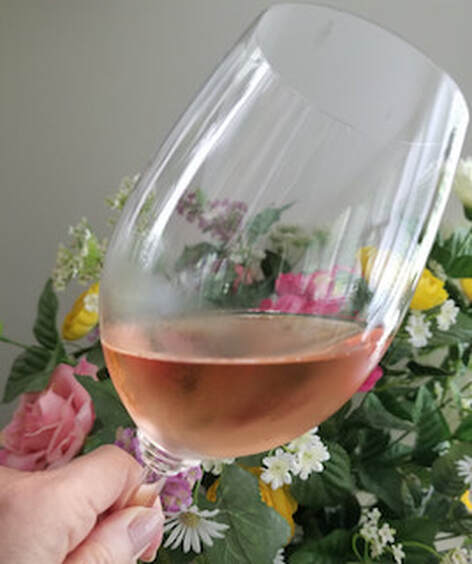
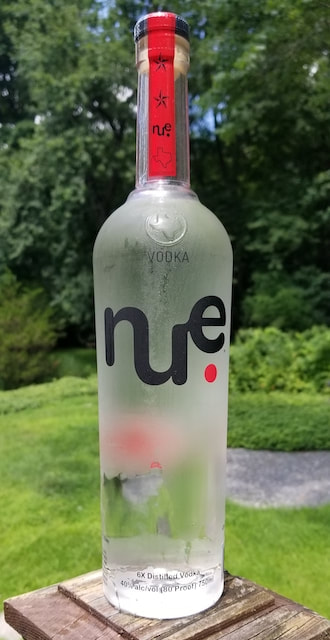
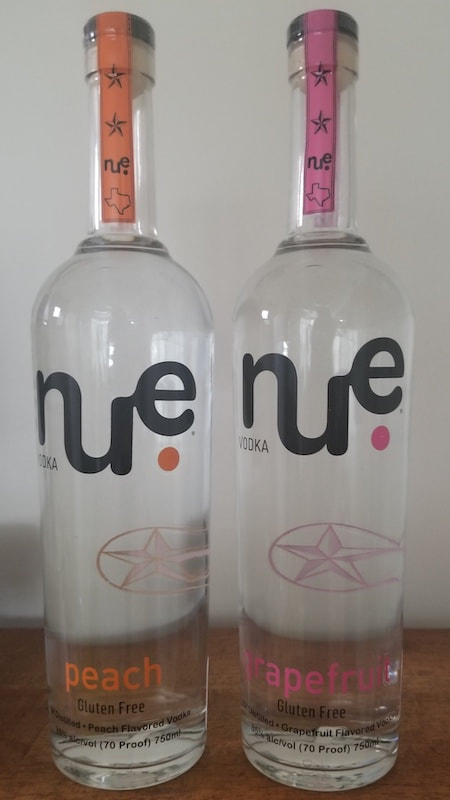
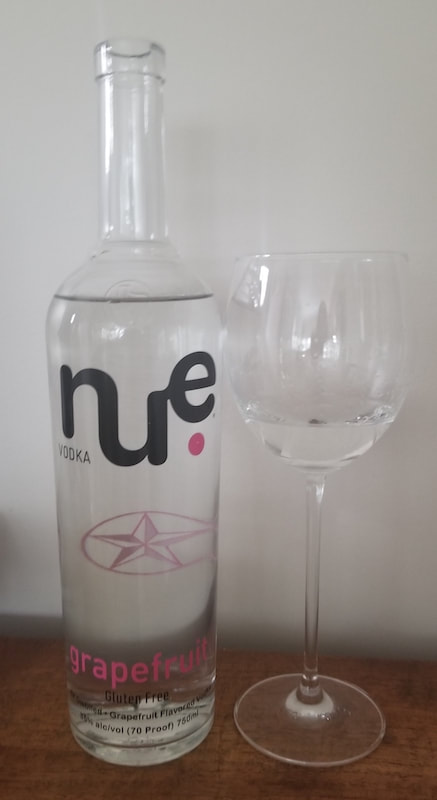
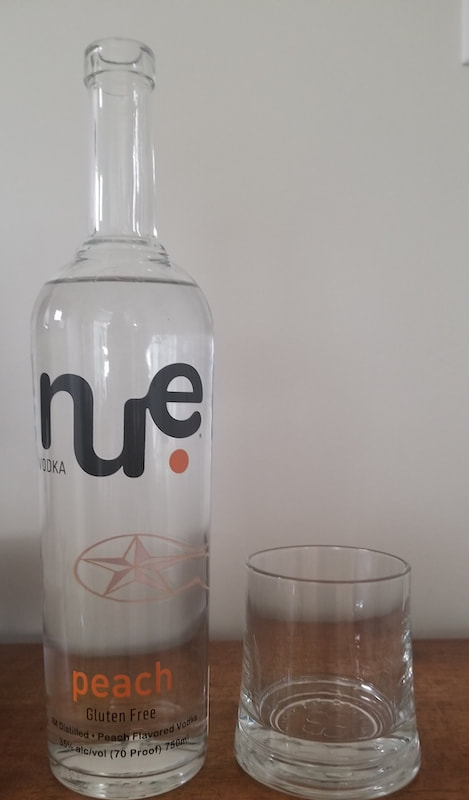
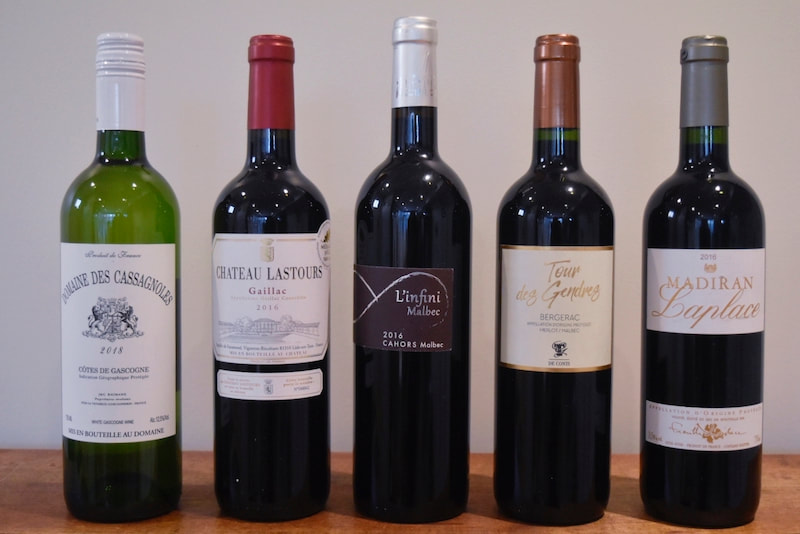
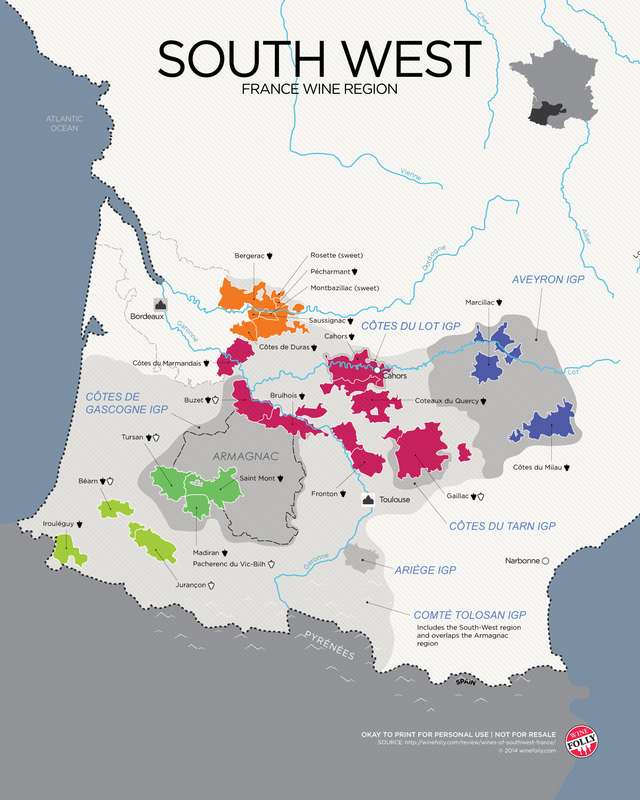
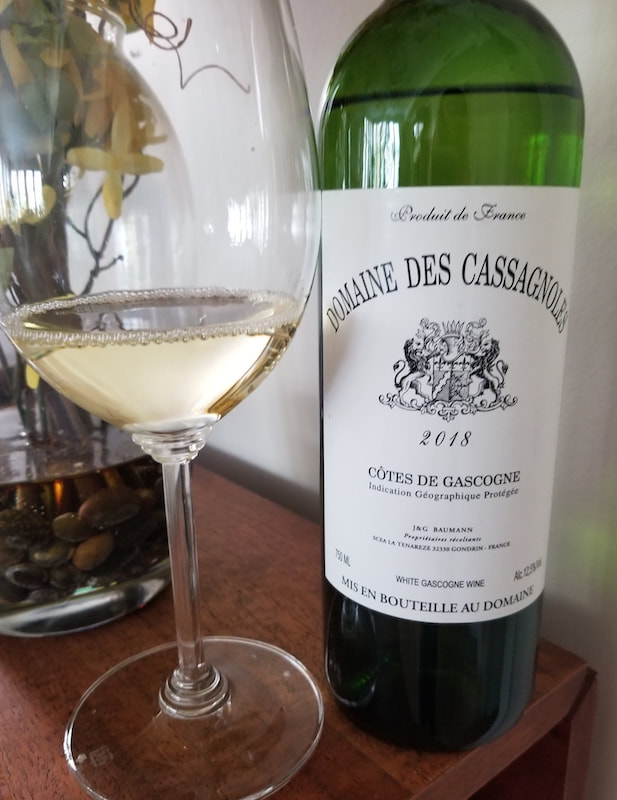
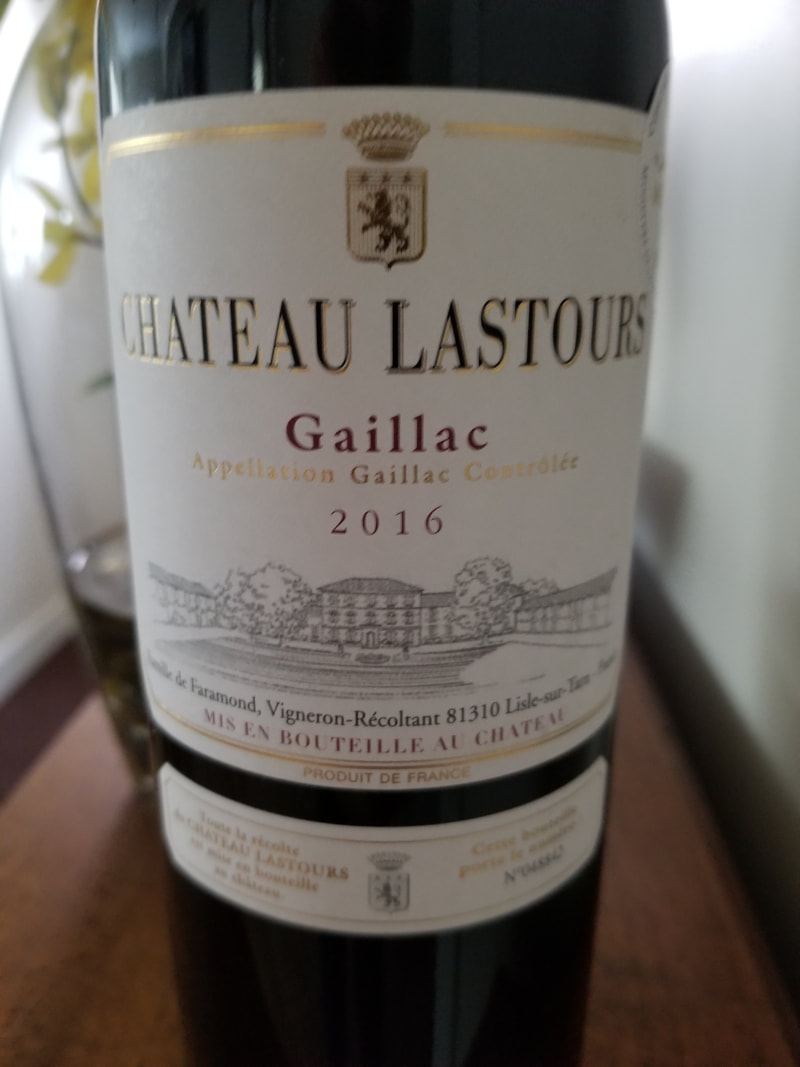
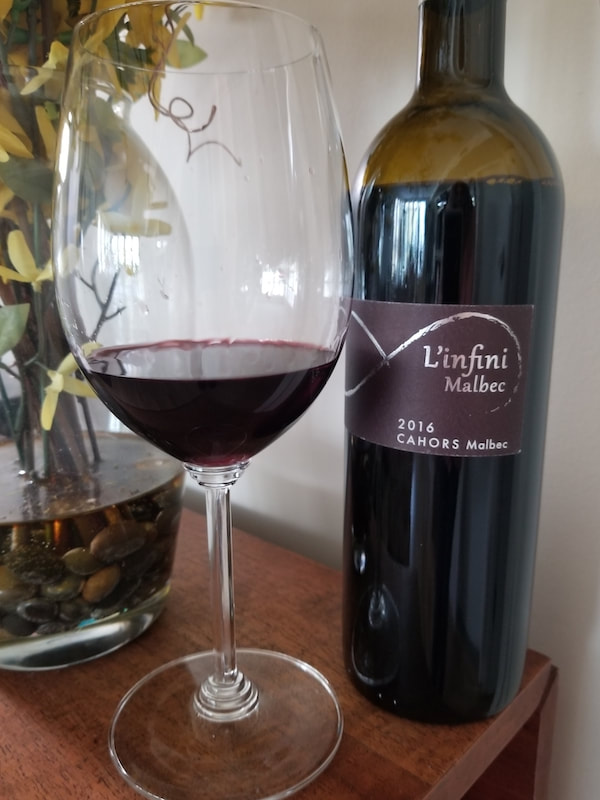
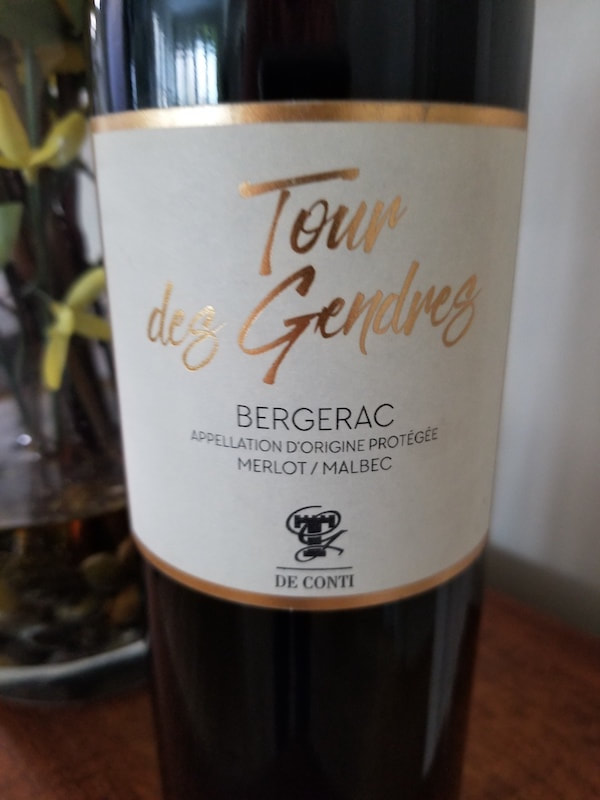
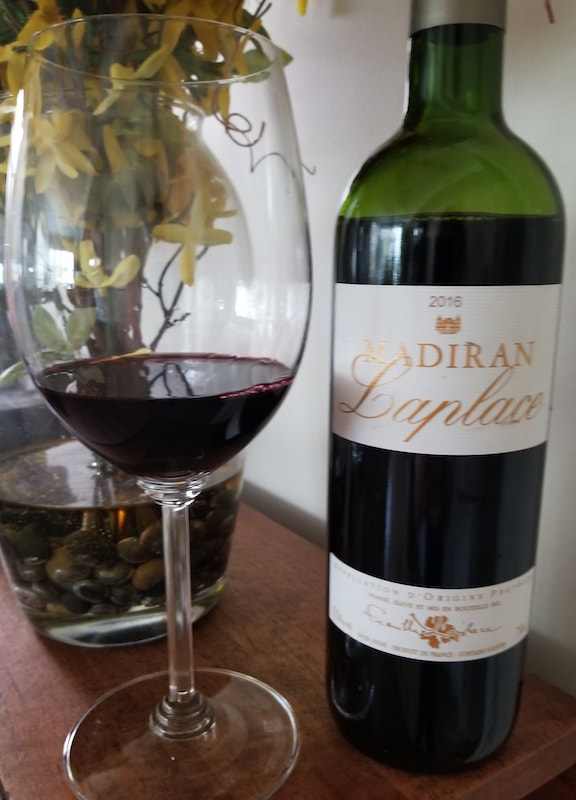
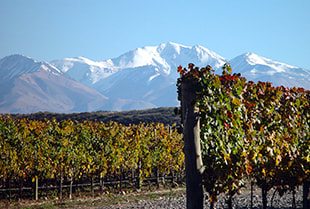
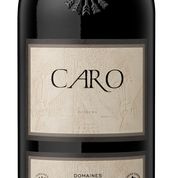
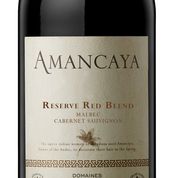
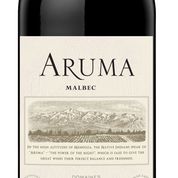
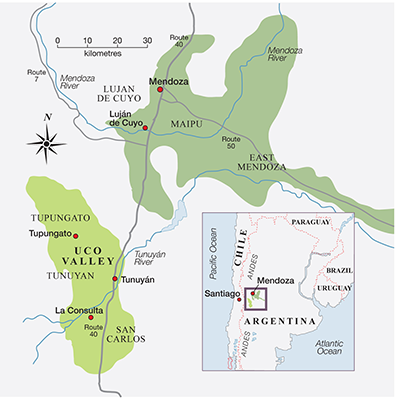
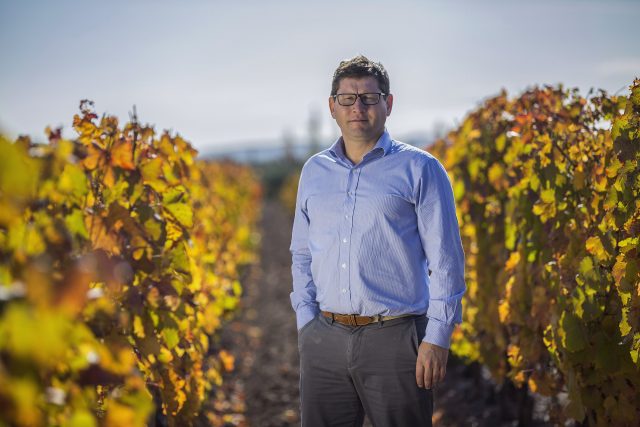
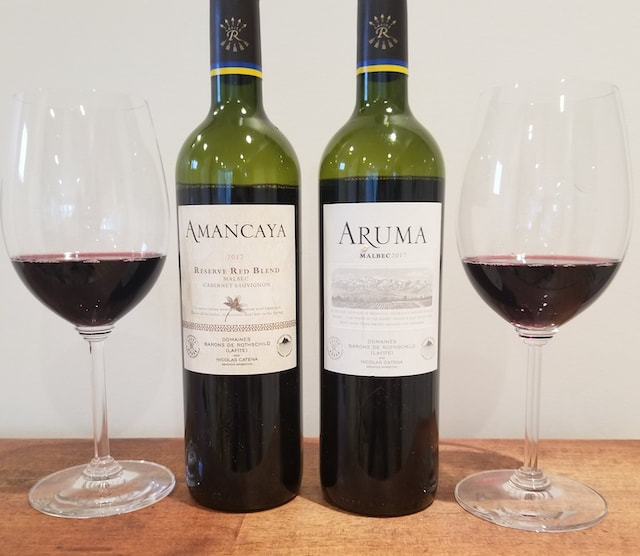
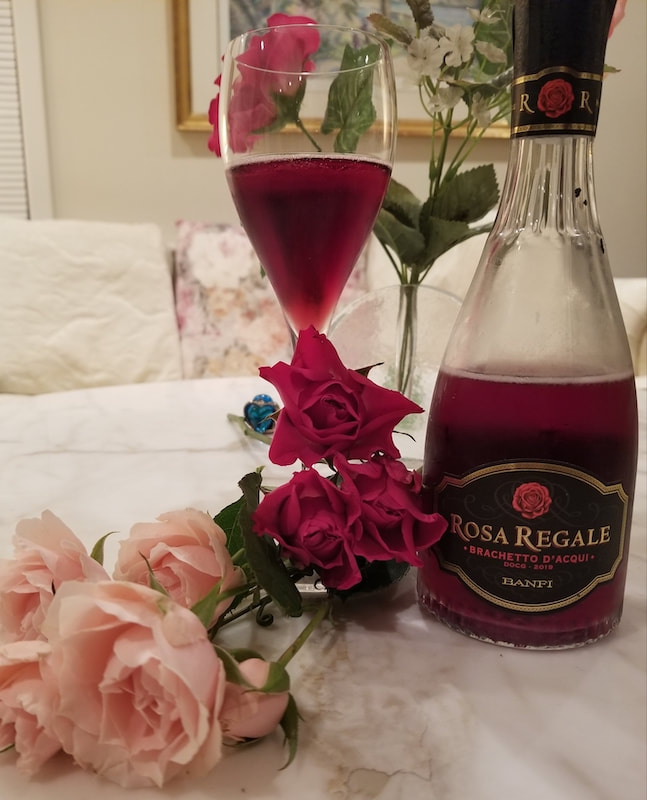
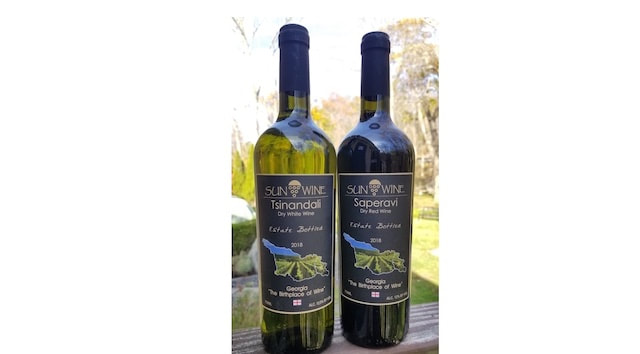
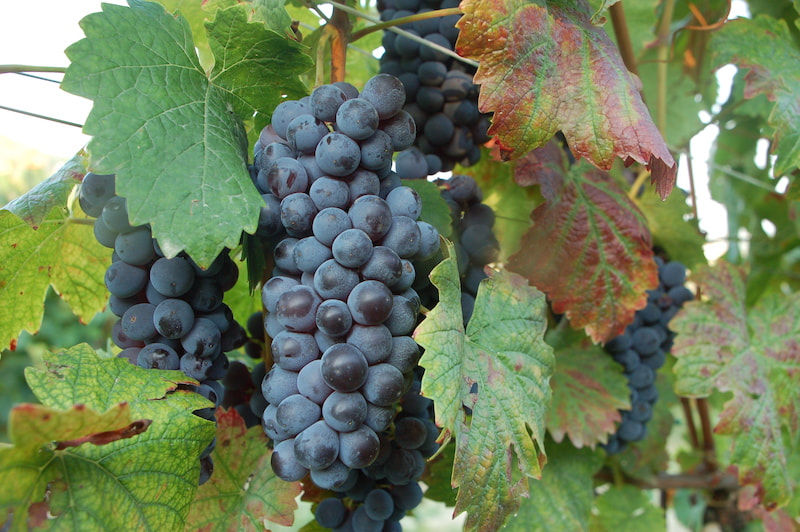
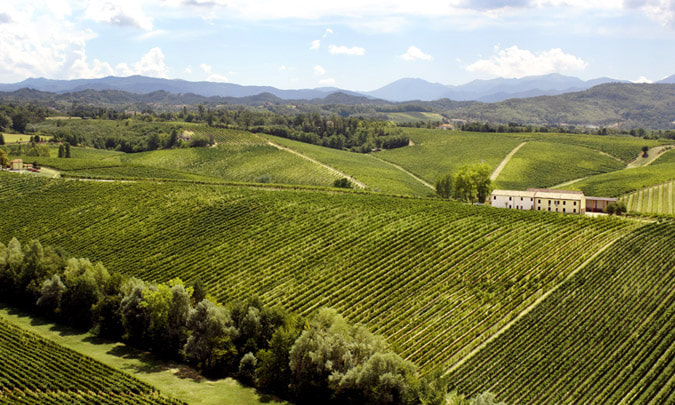
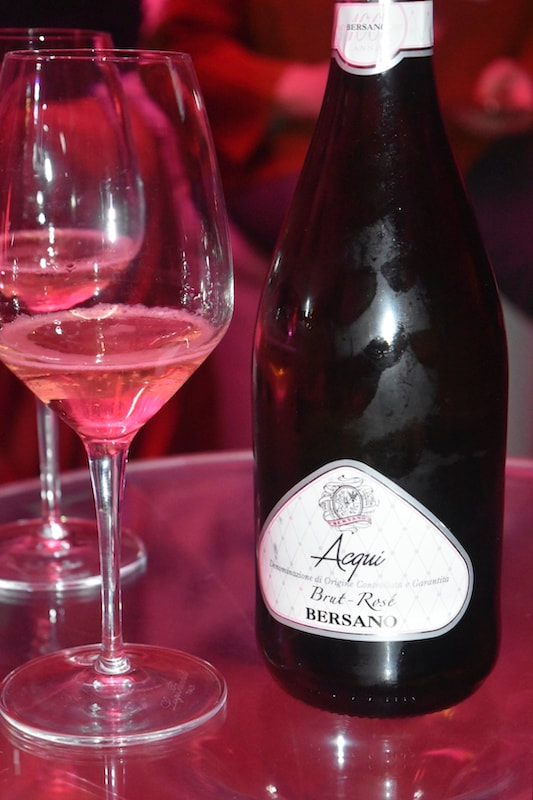
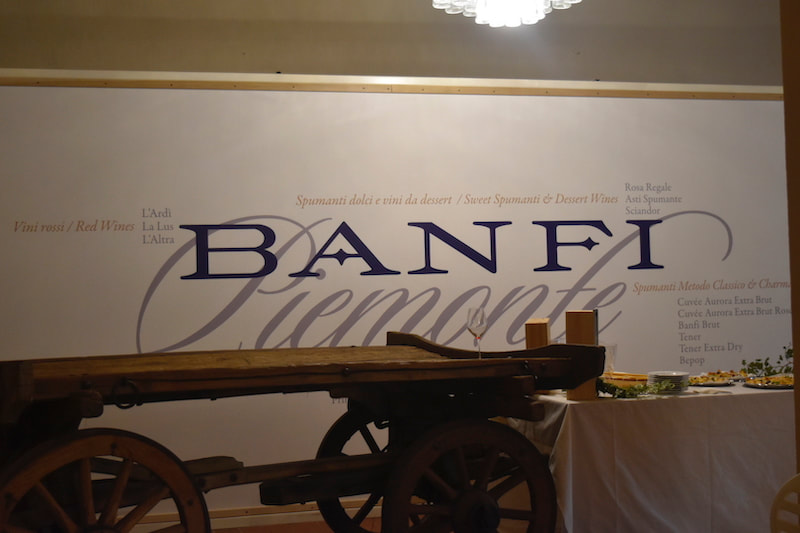
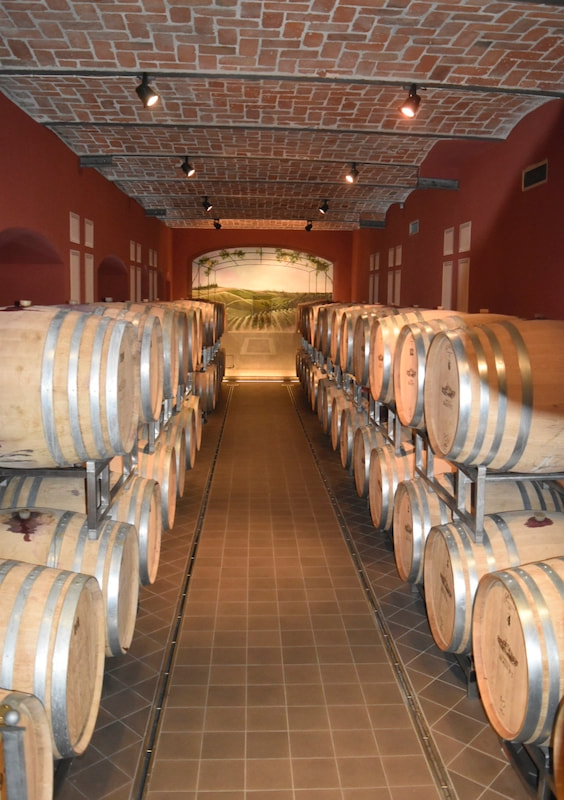
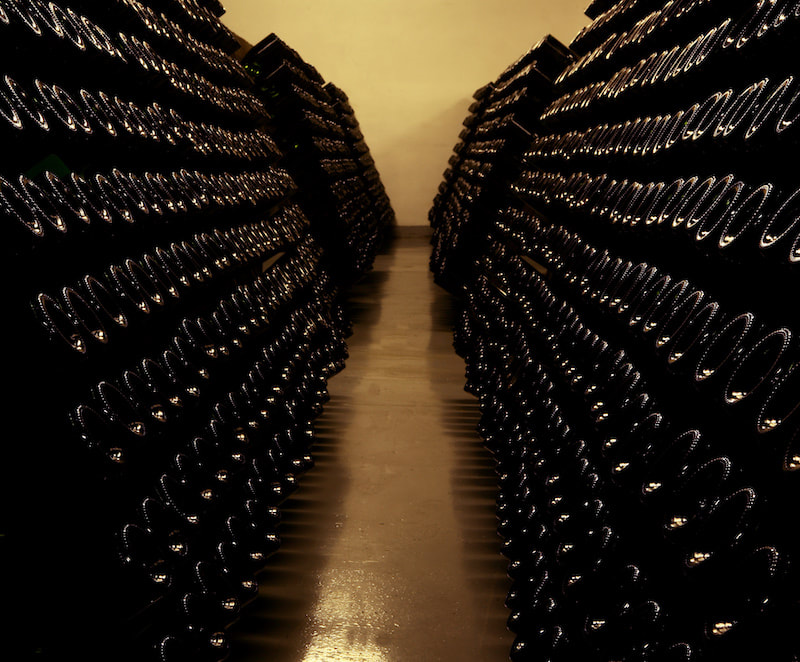
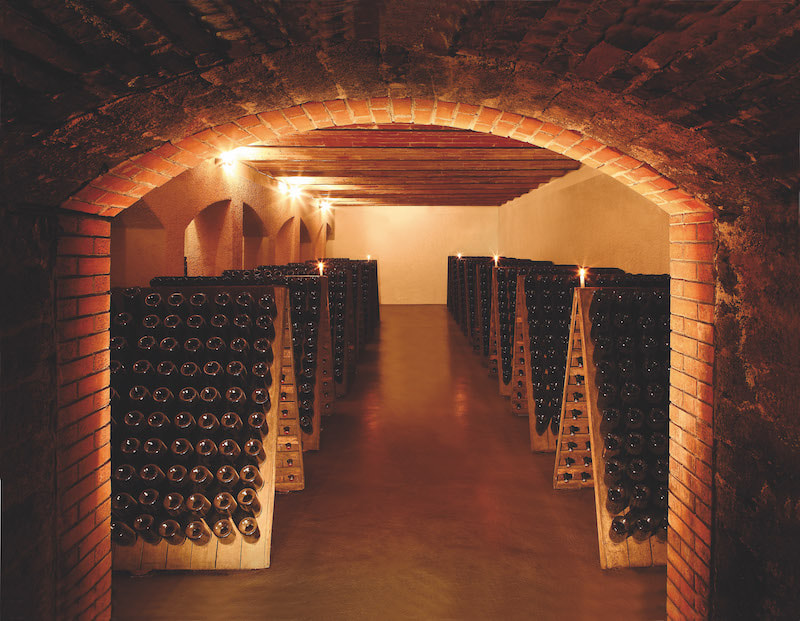
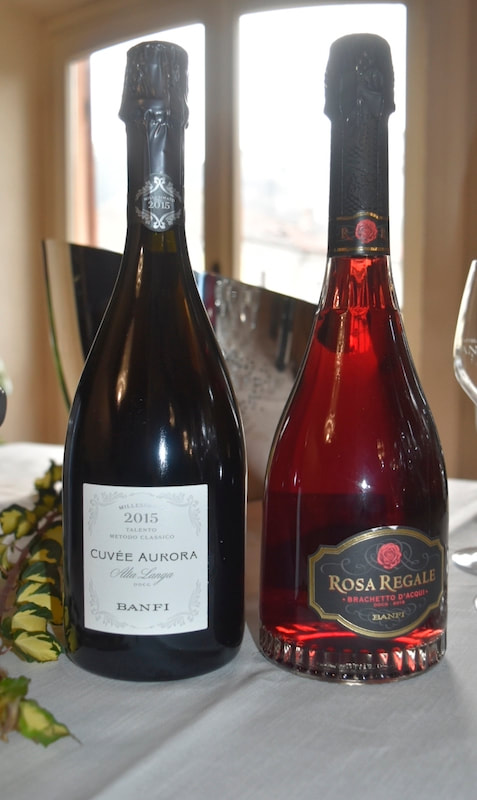
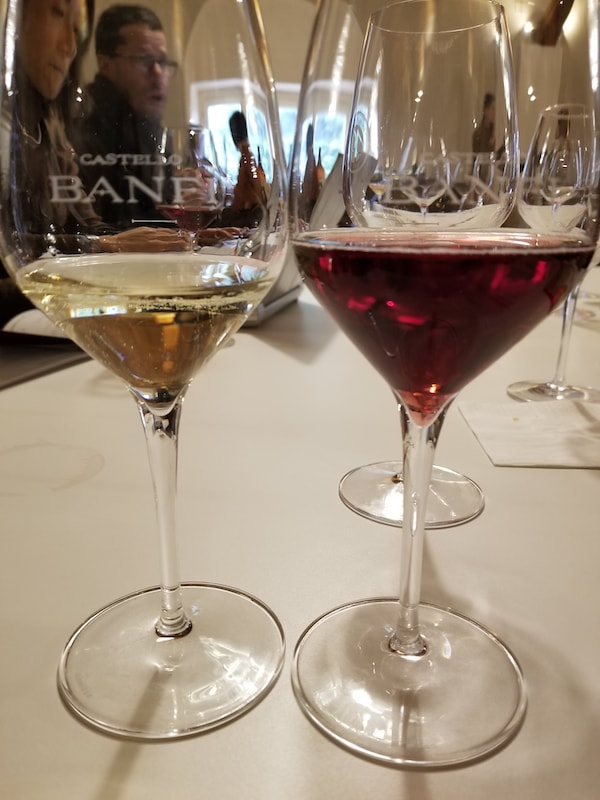
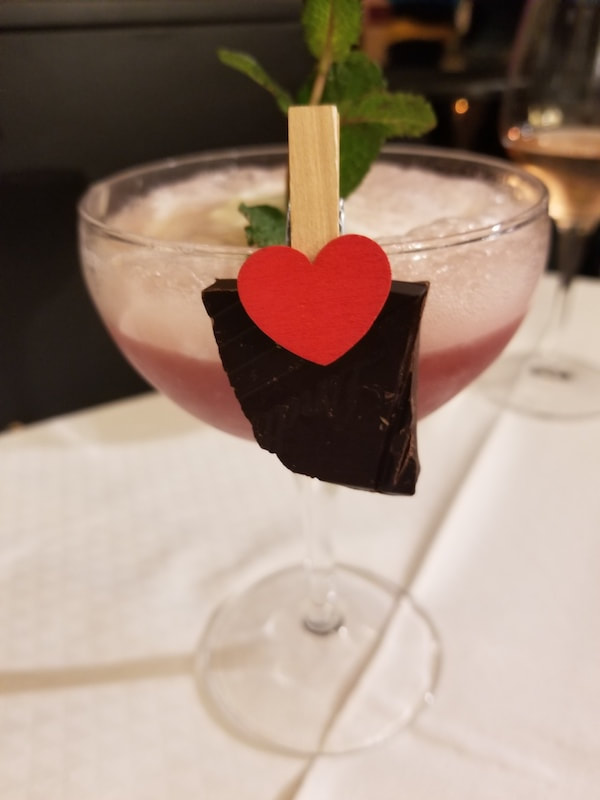
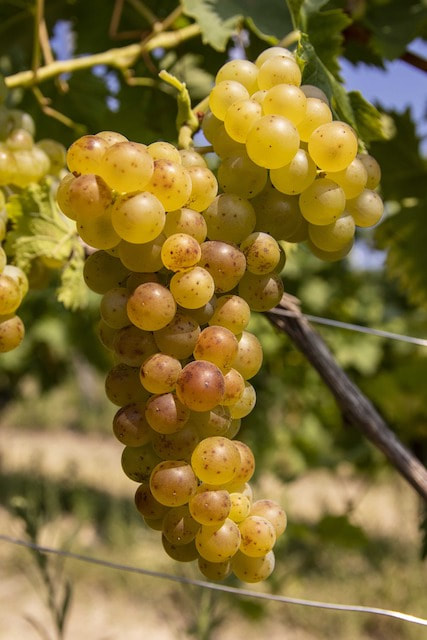
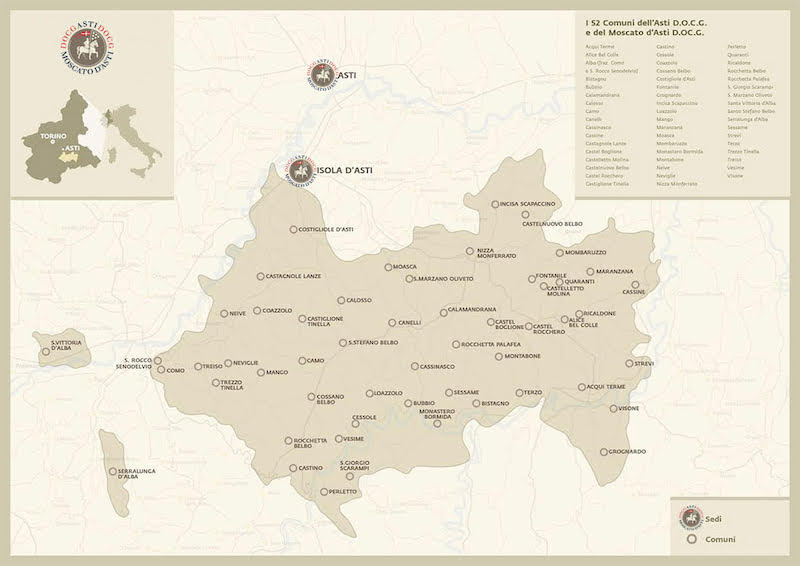
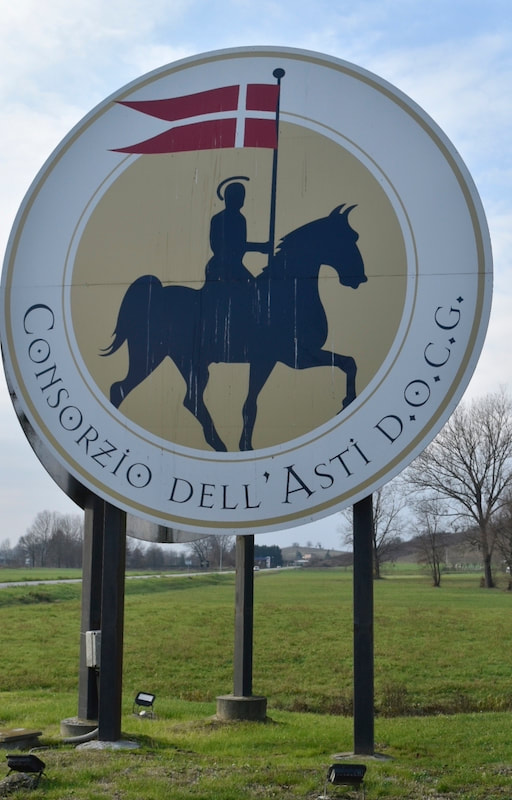
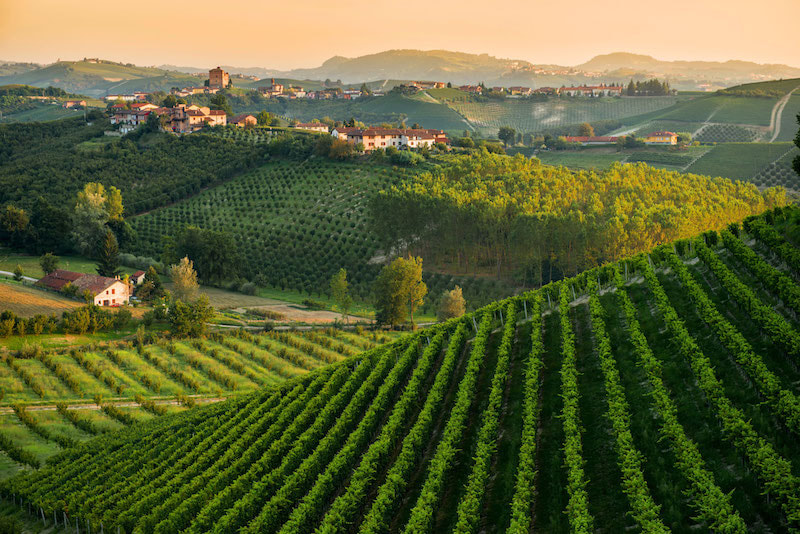
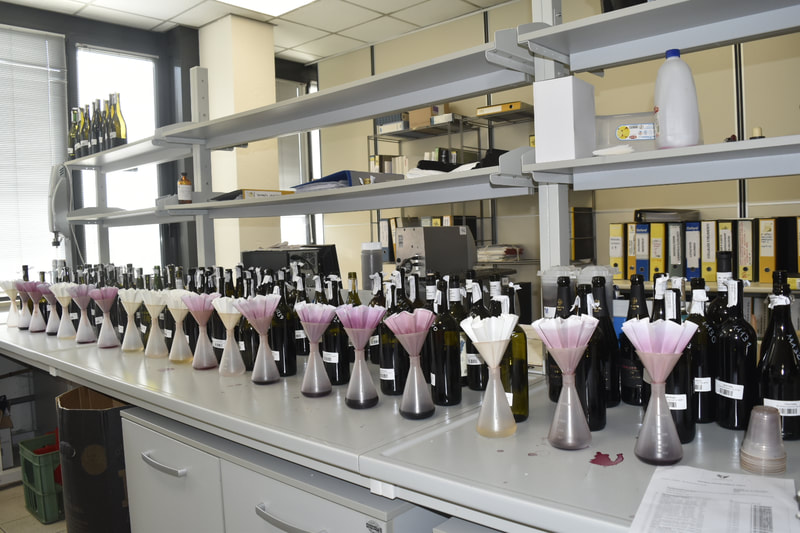
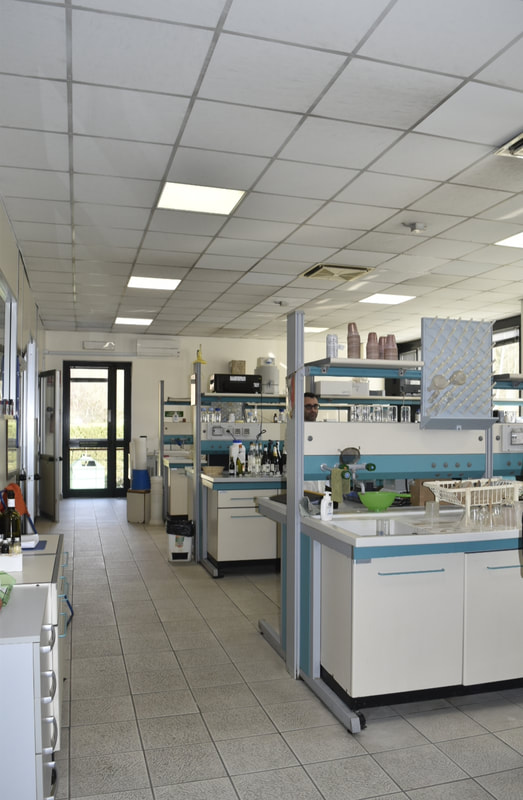
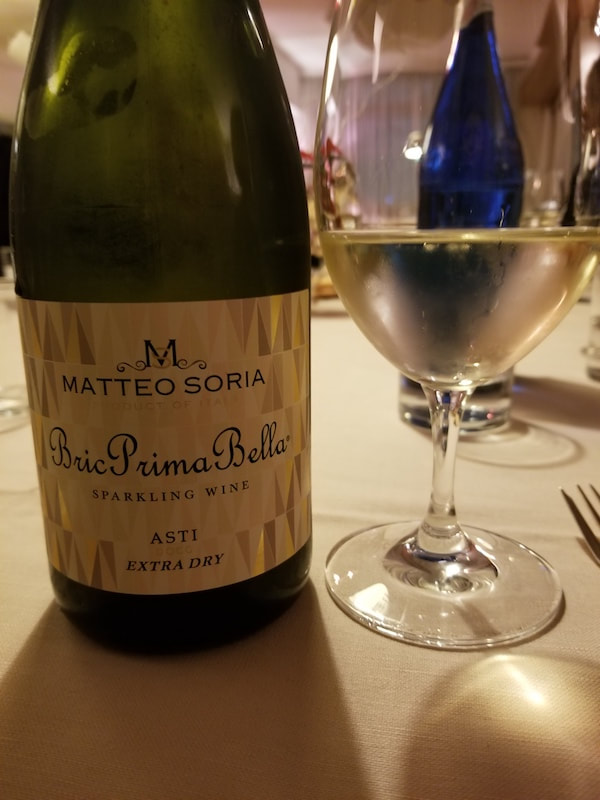

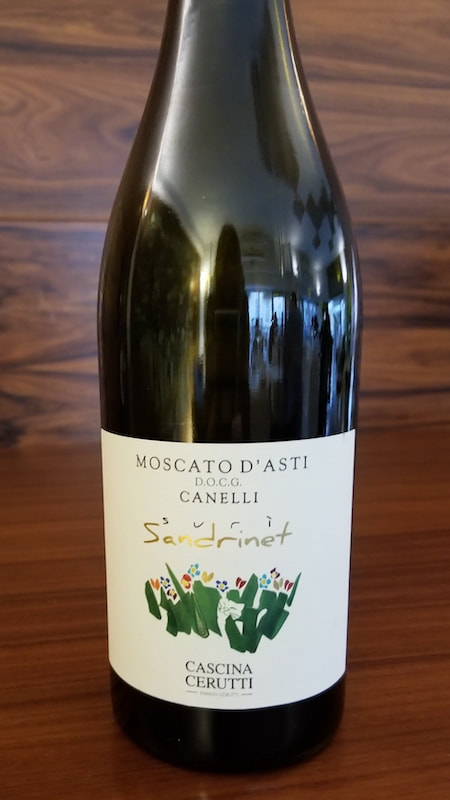
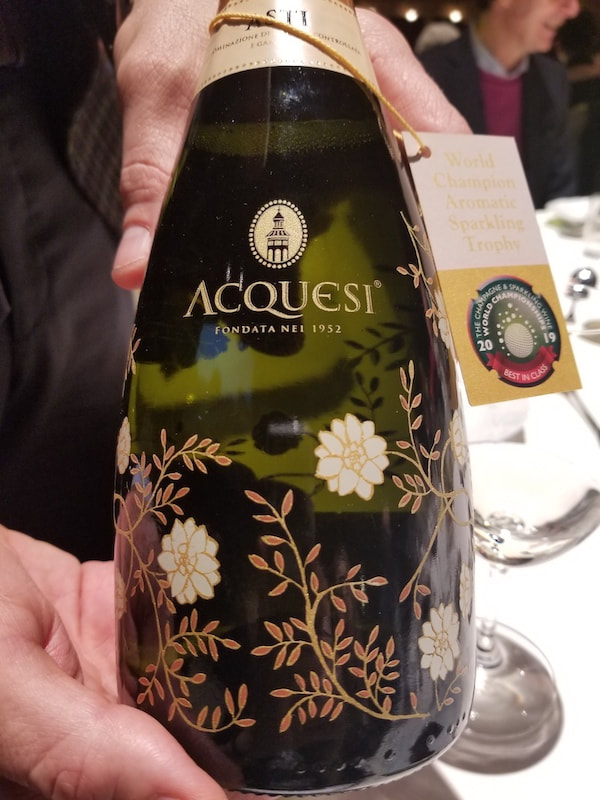
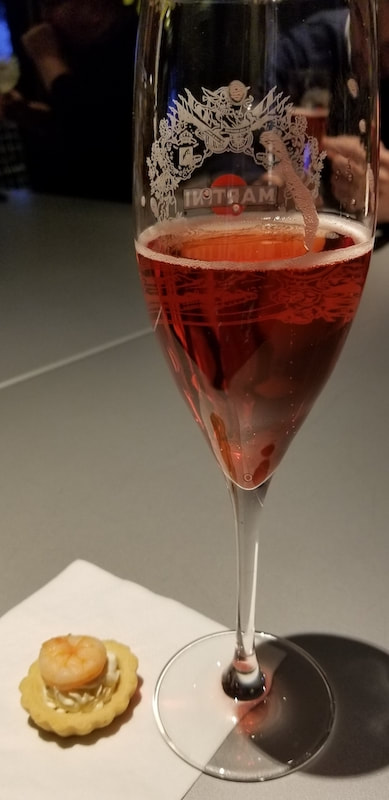
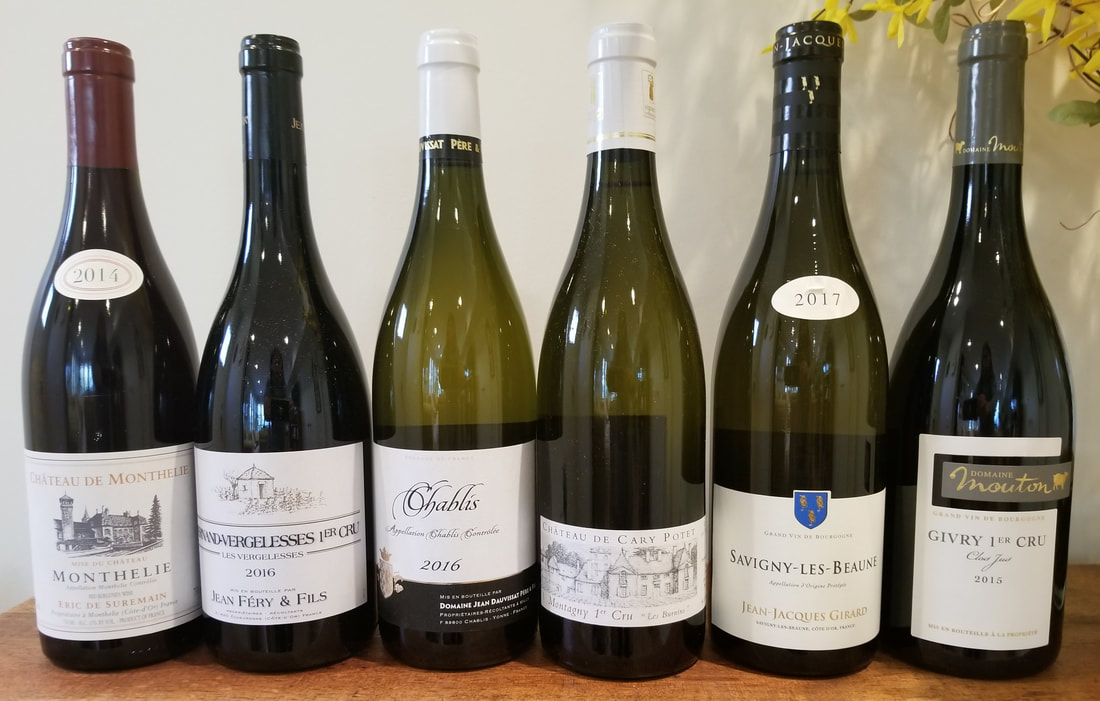
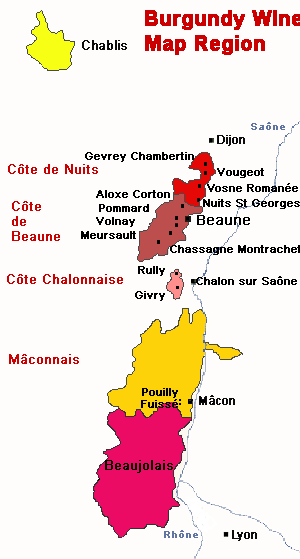
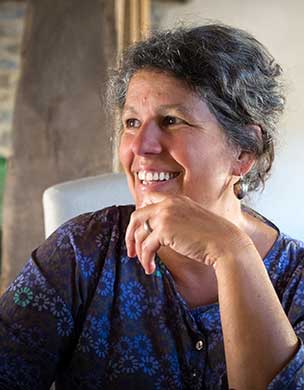
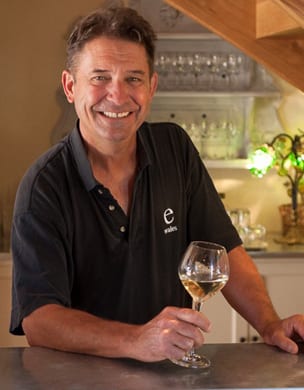
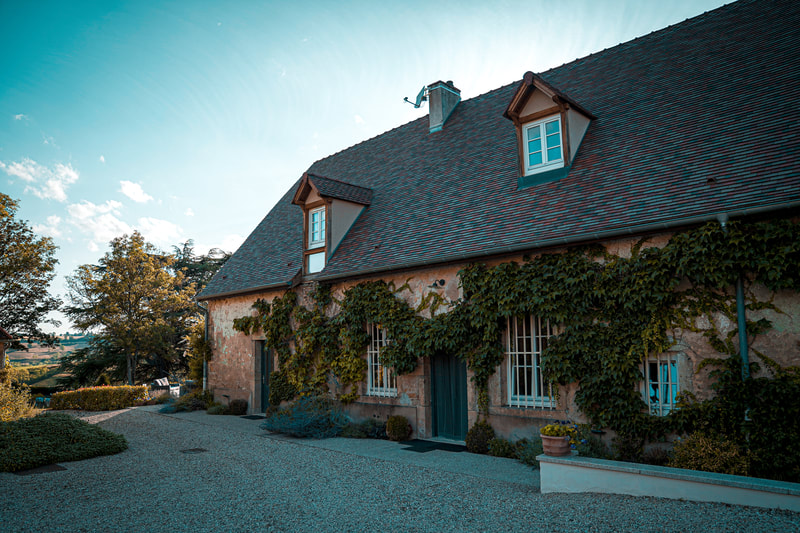

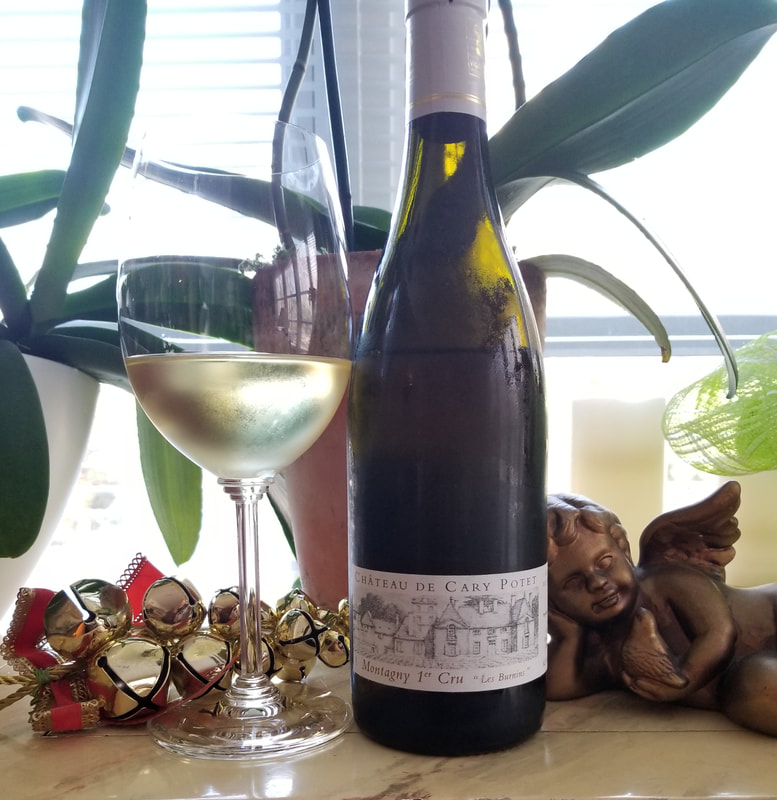
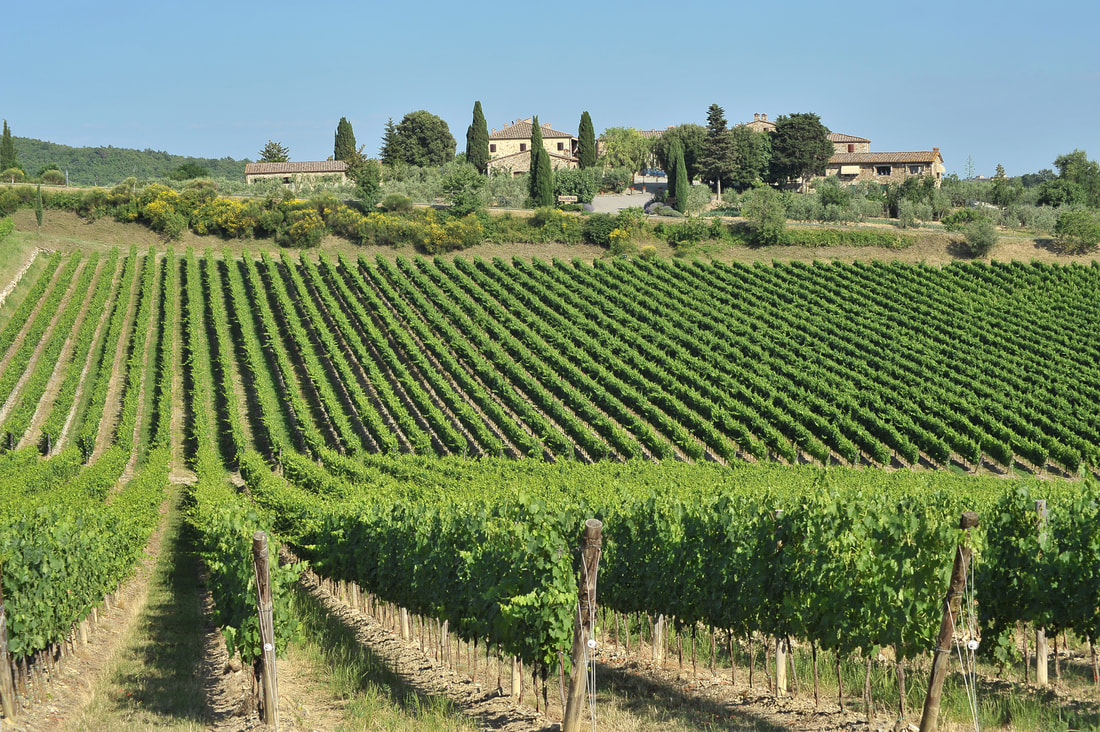
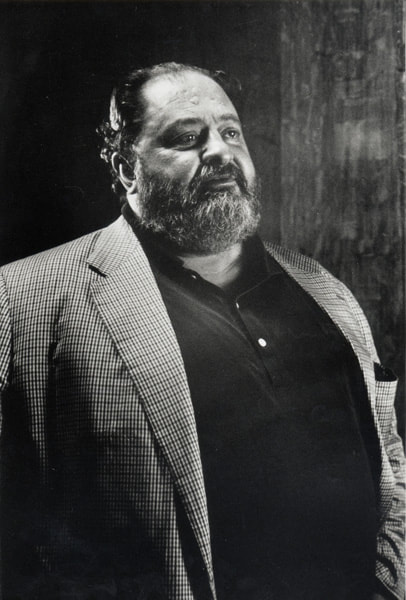
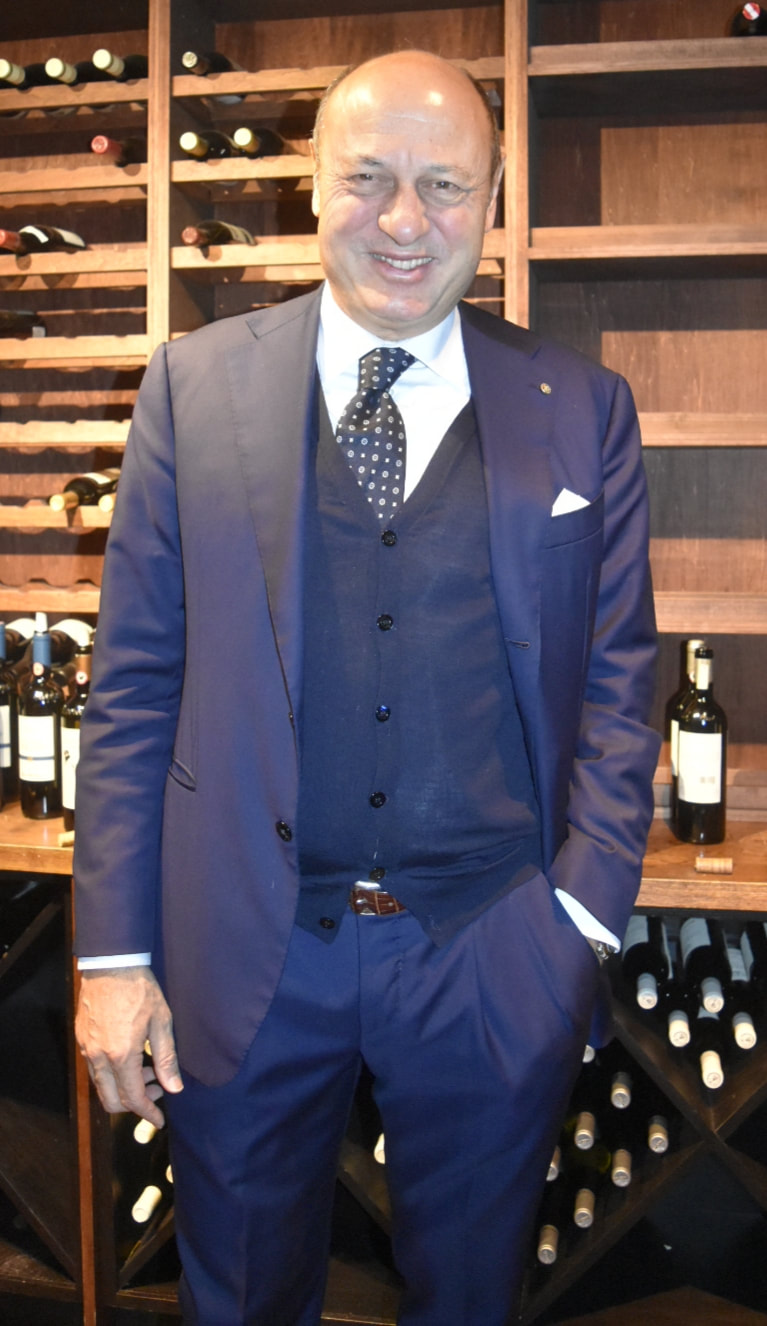
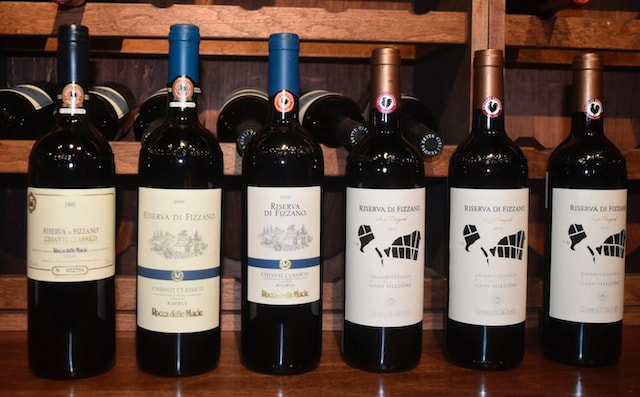
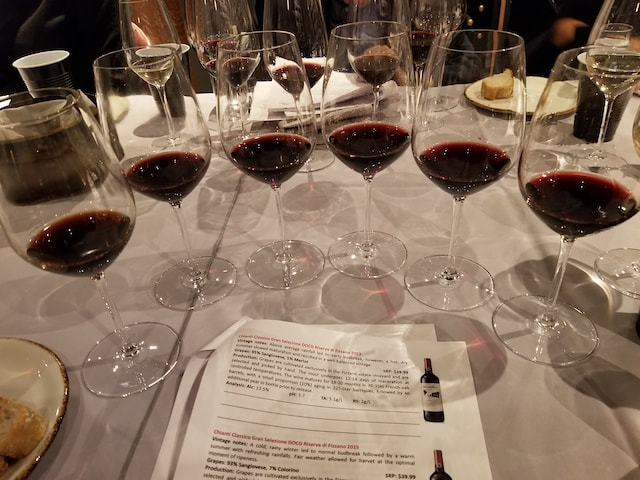
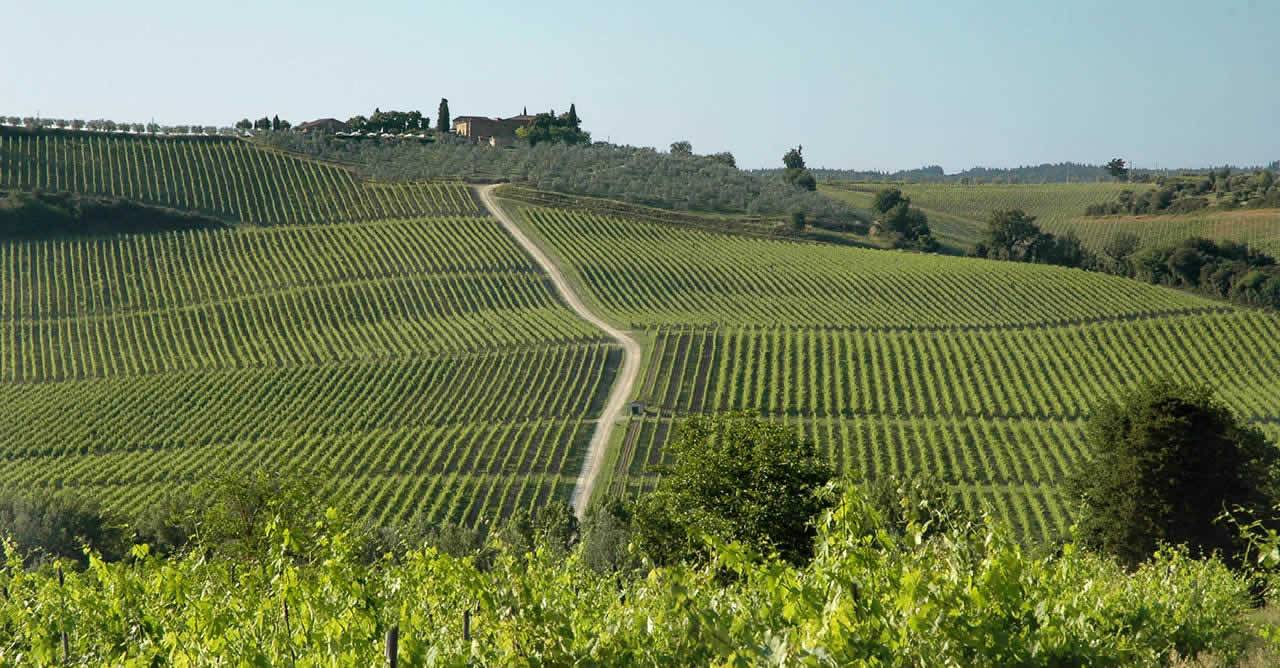
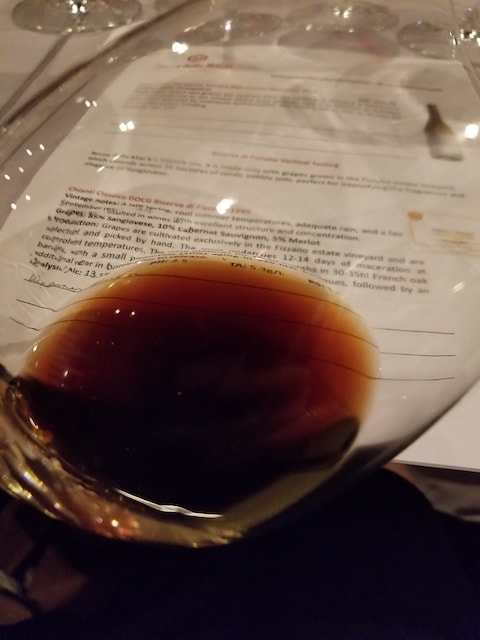
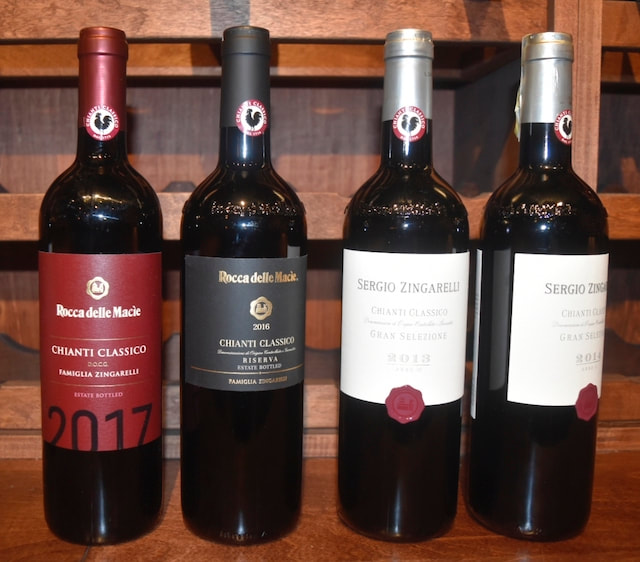
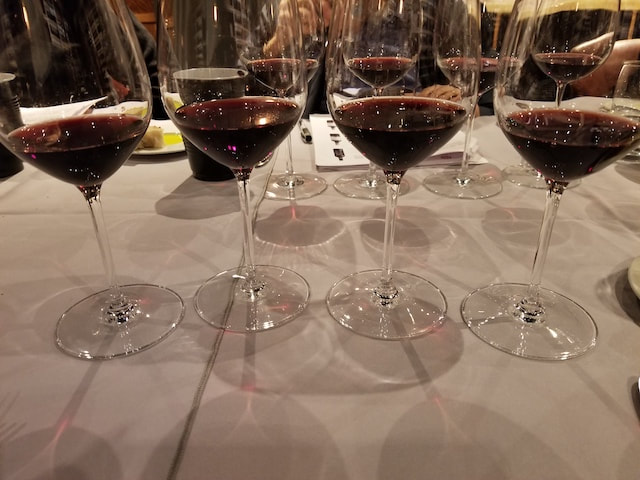
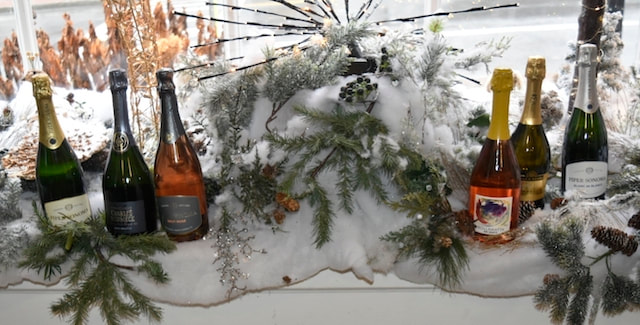
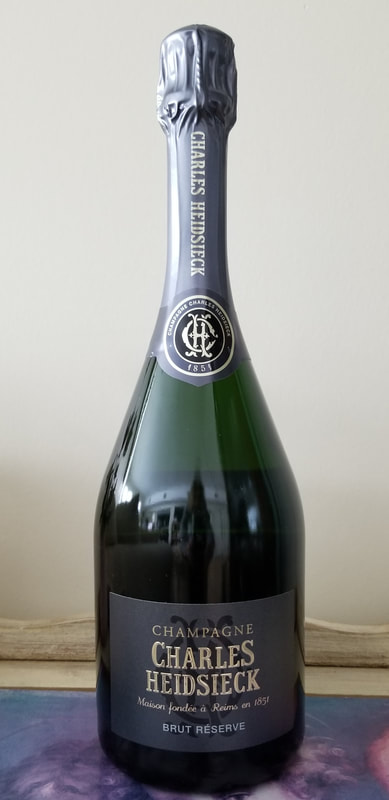
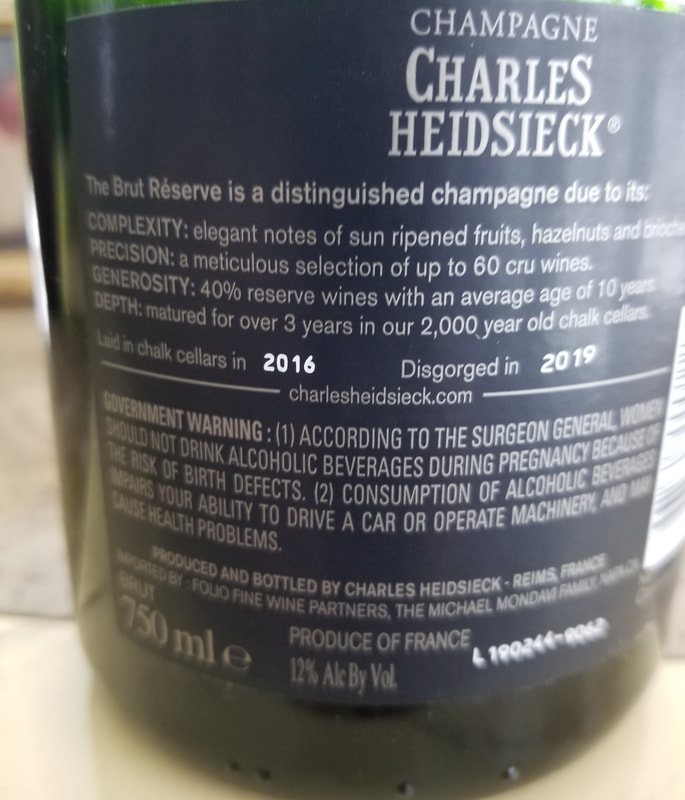
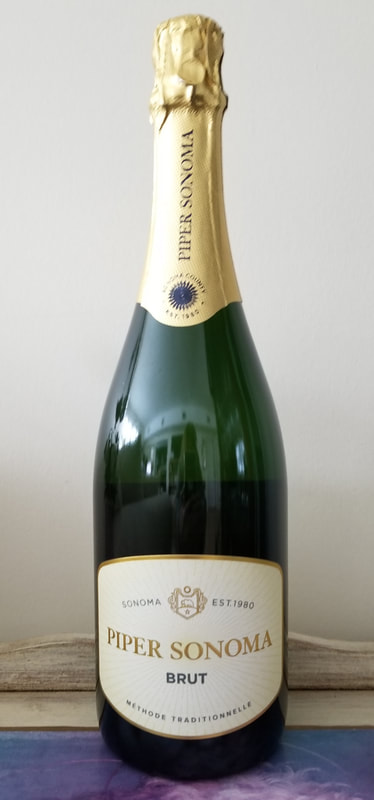
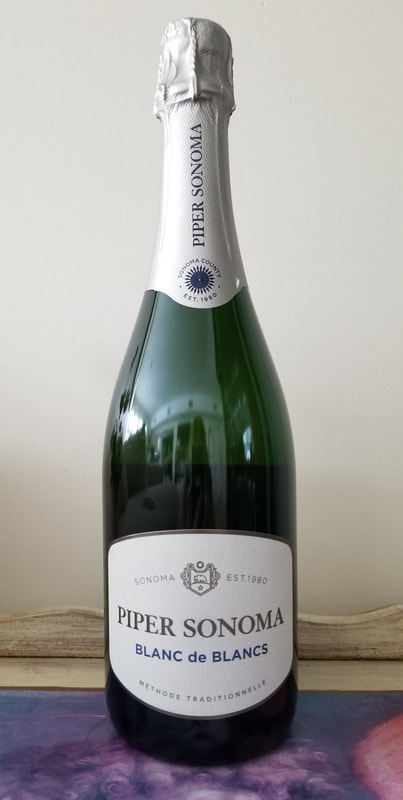
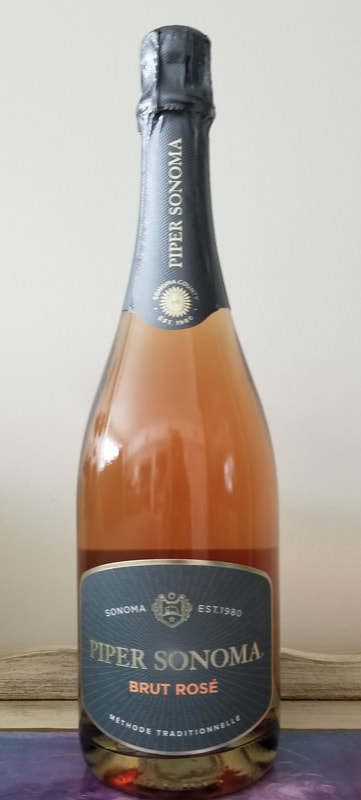
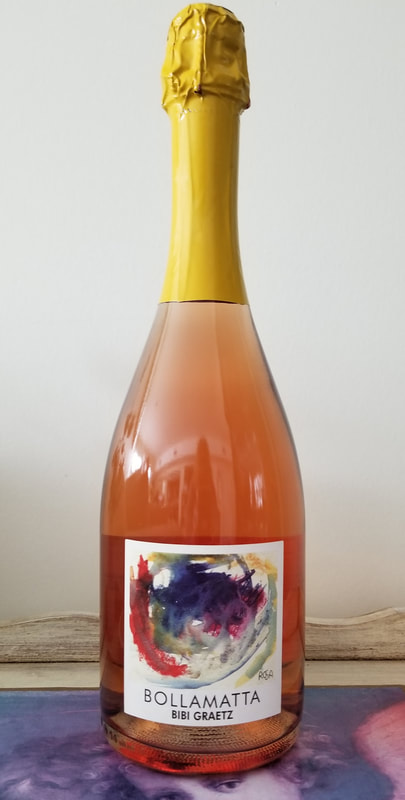
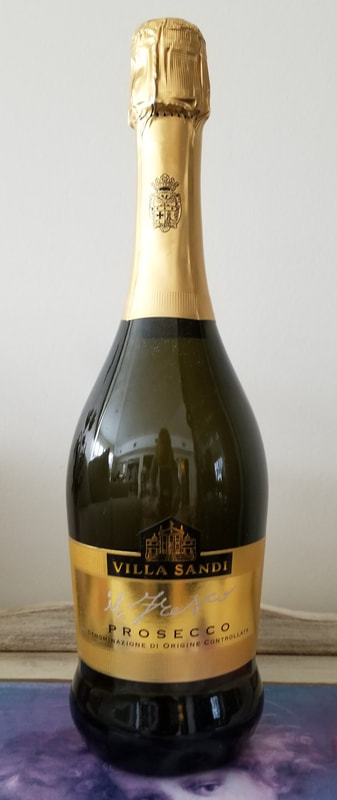
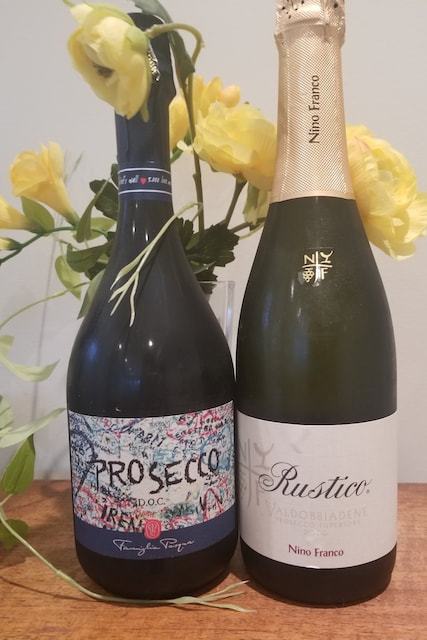
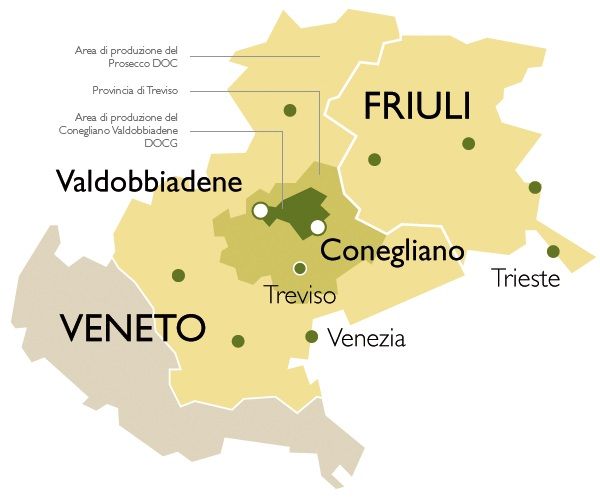
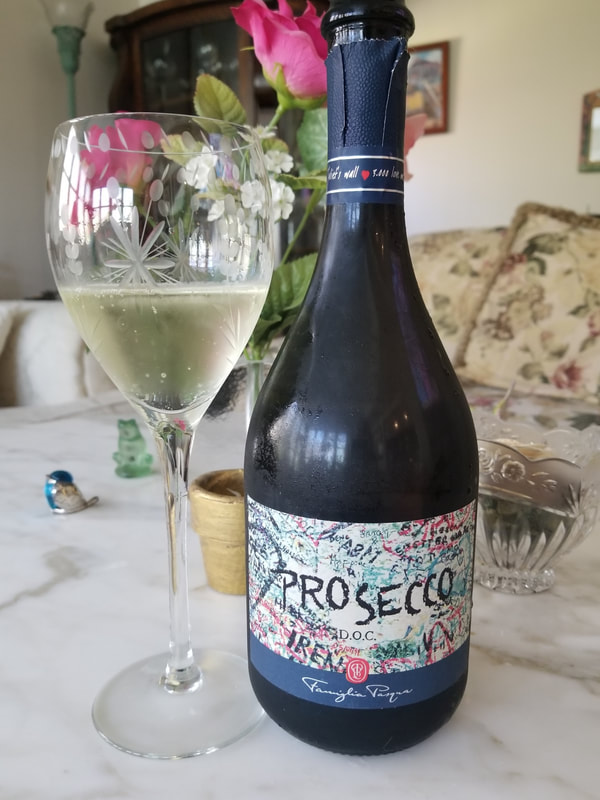
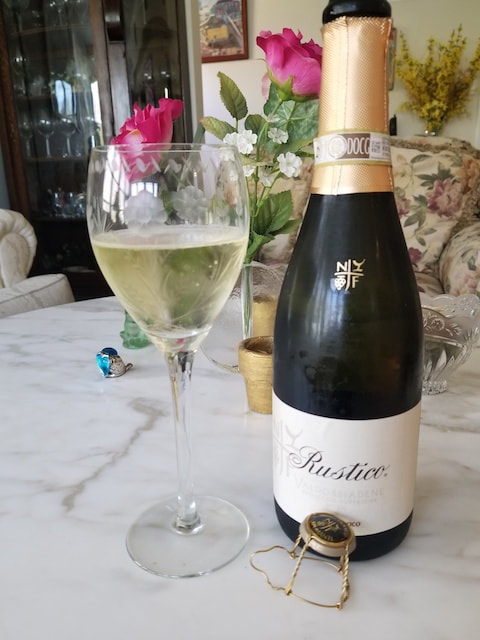

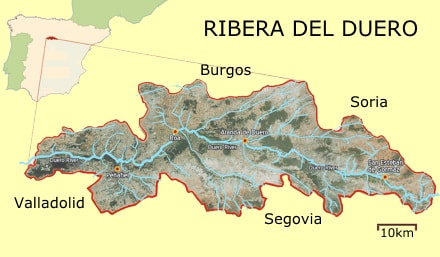
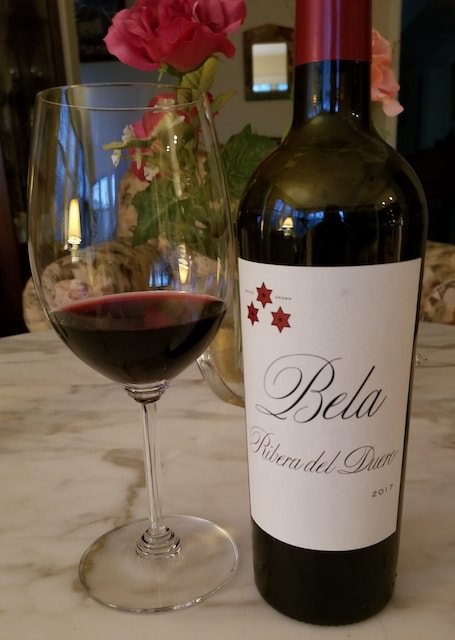
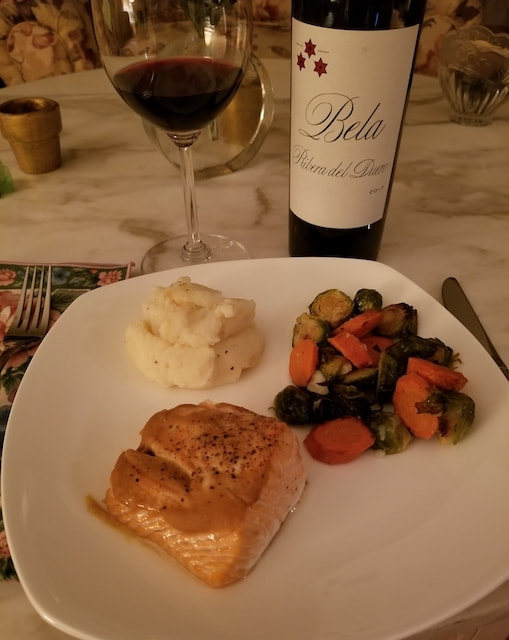
 RSS Feed
RSS Feed